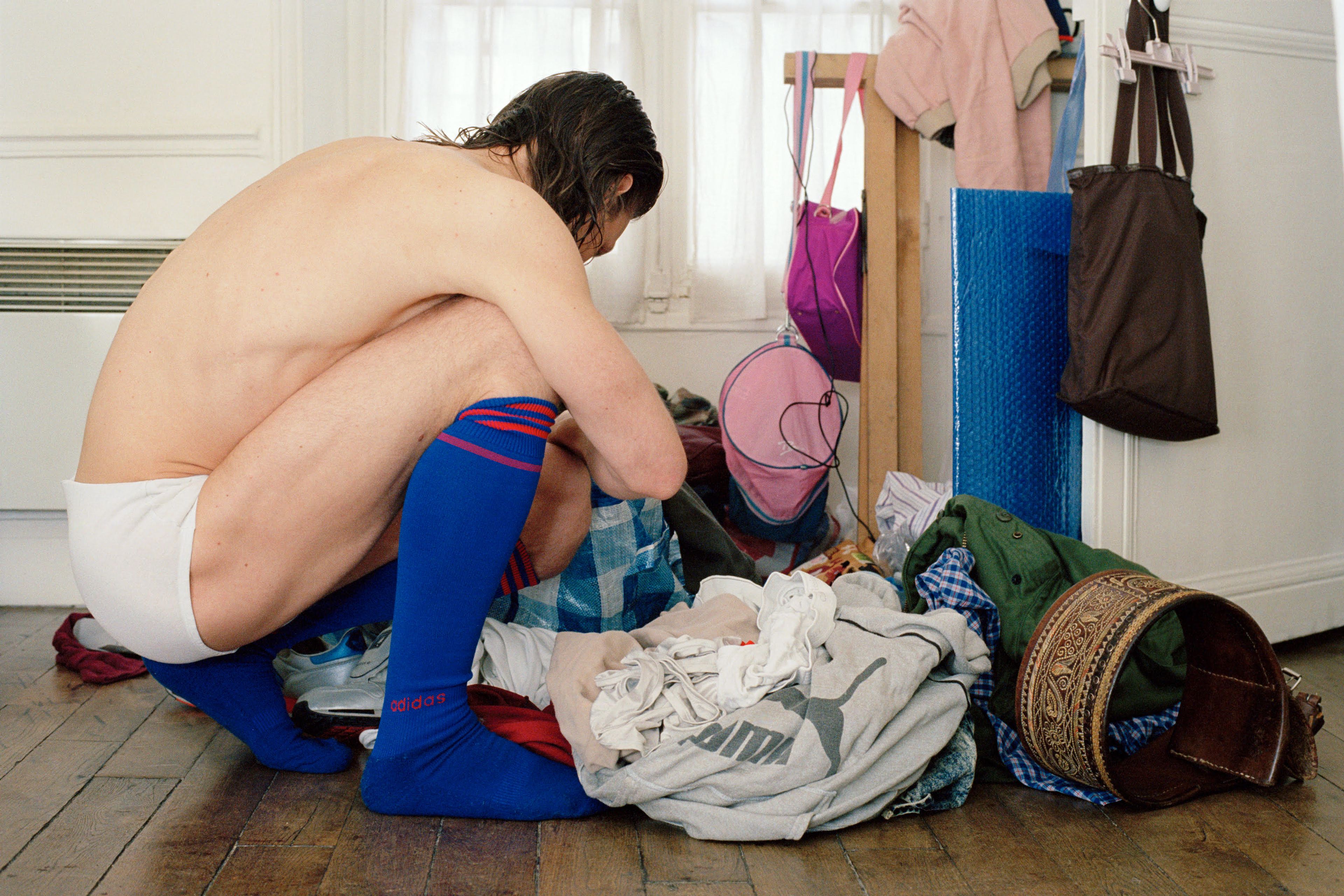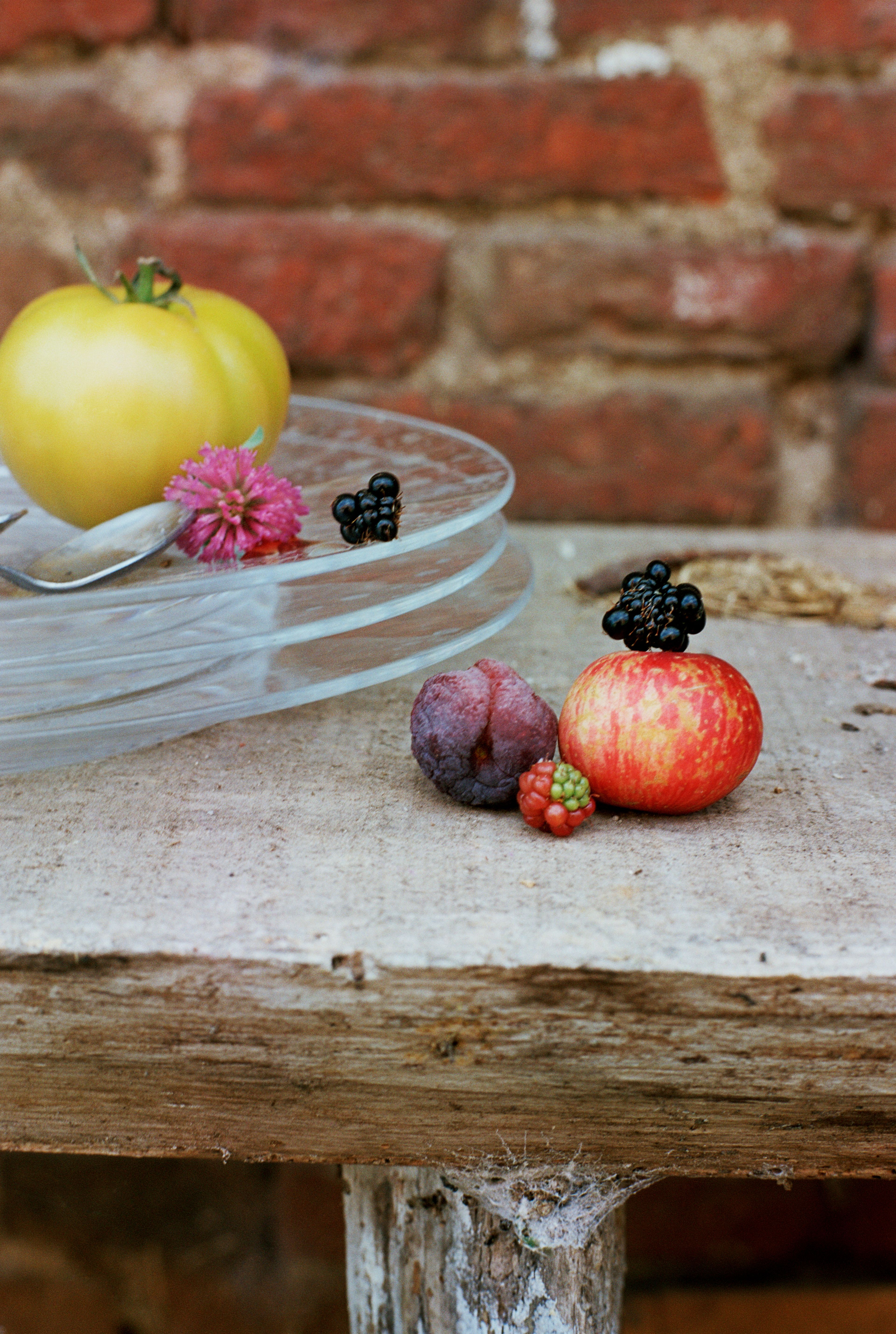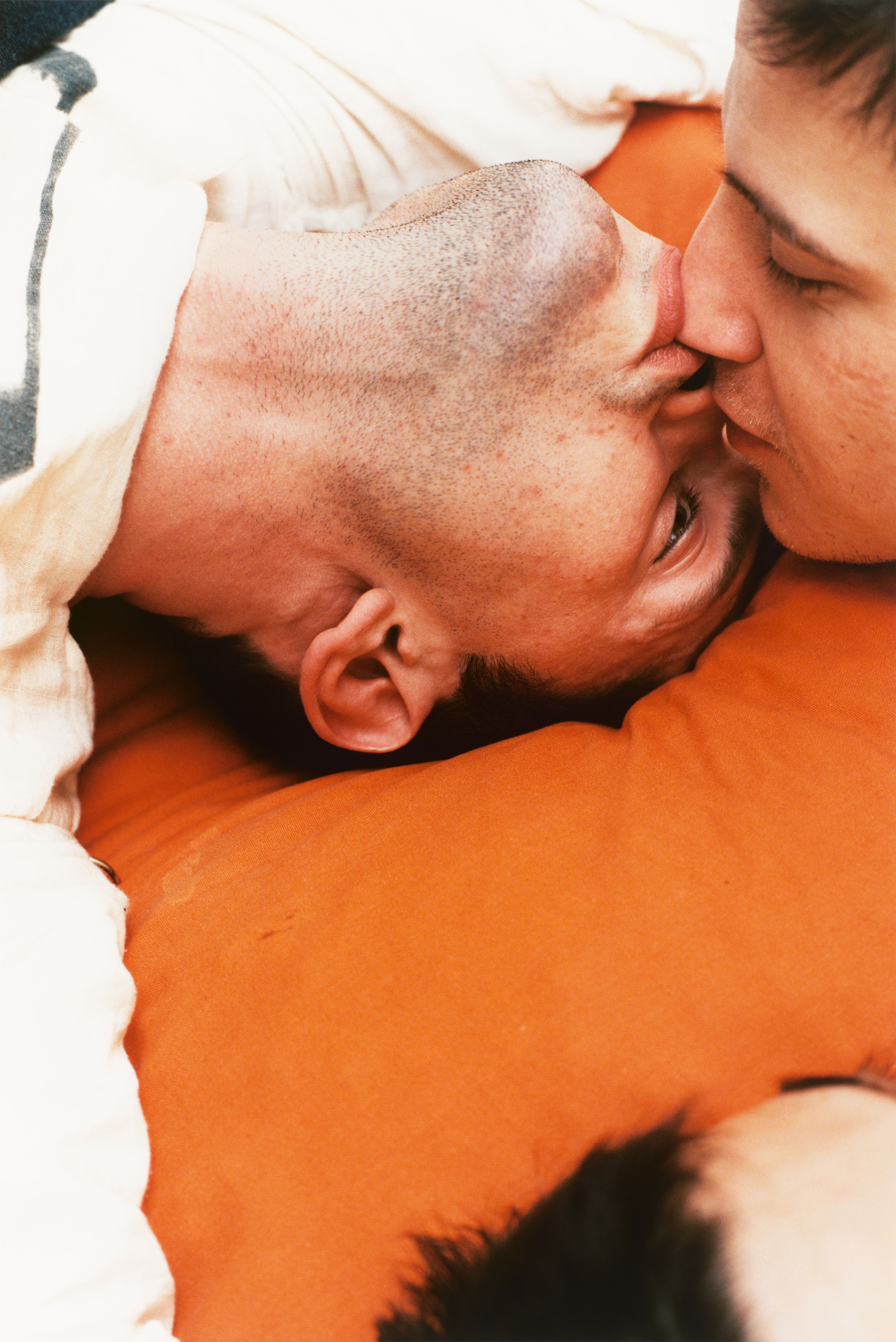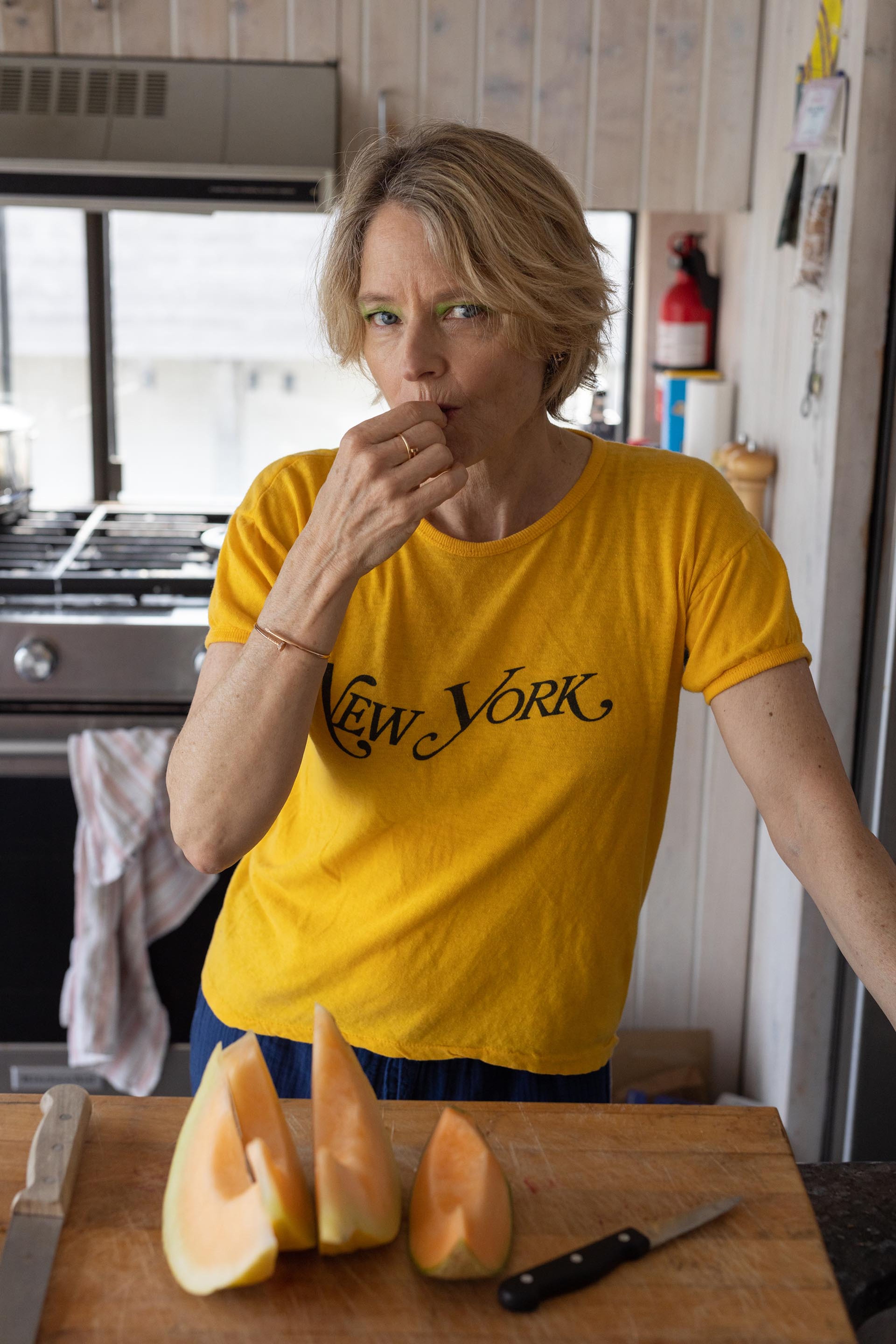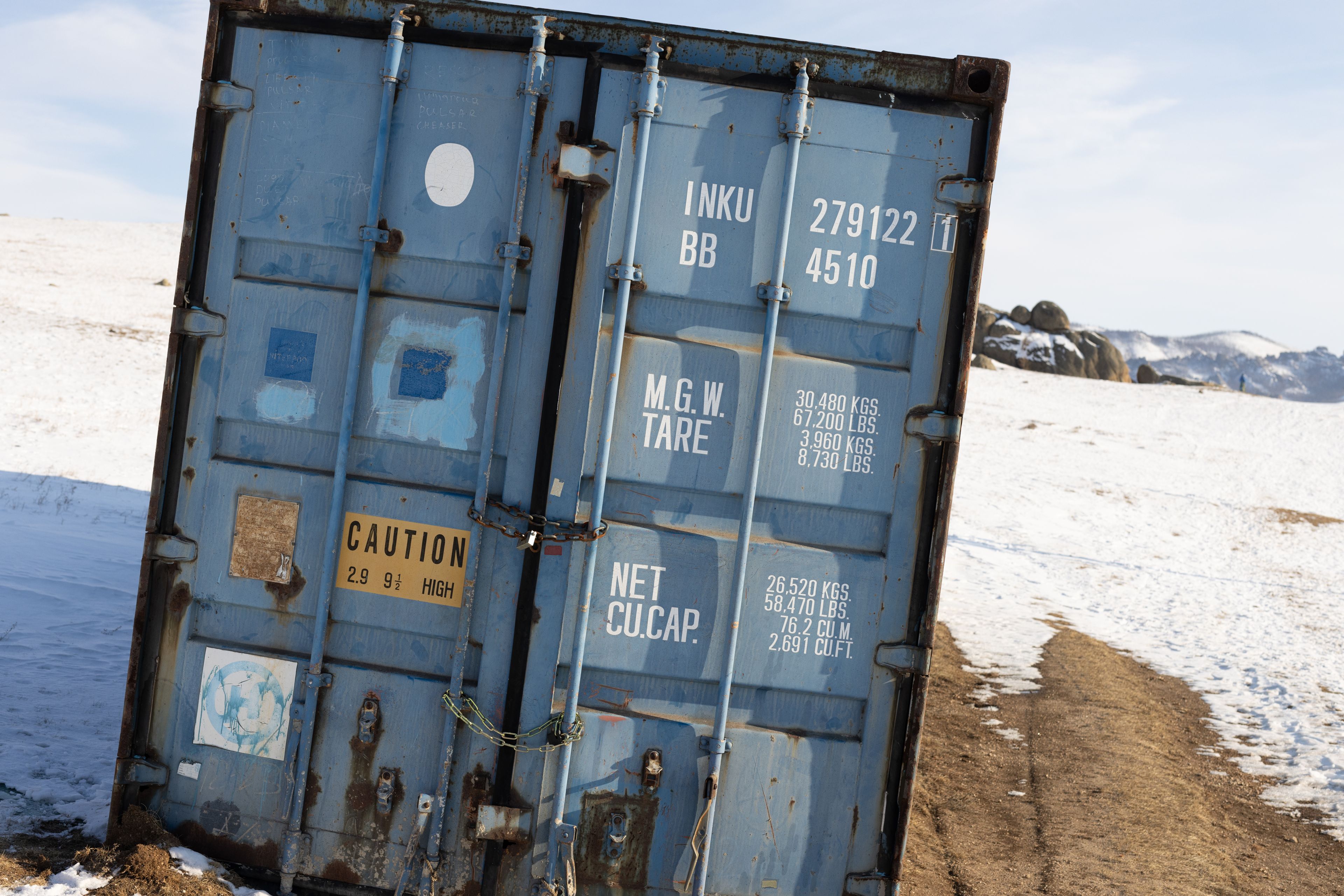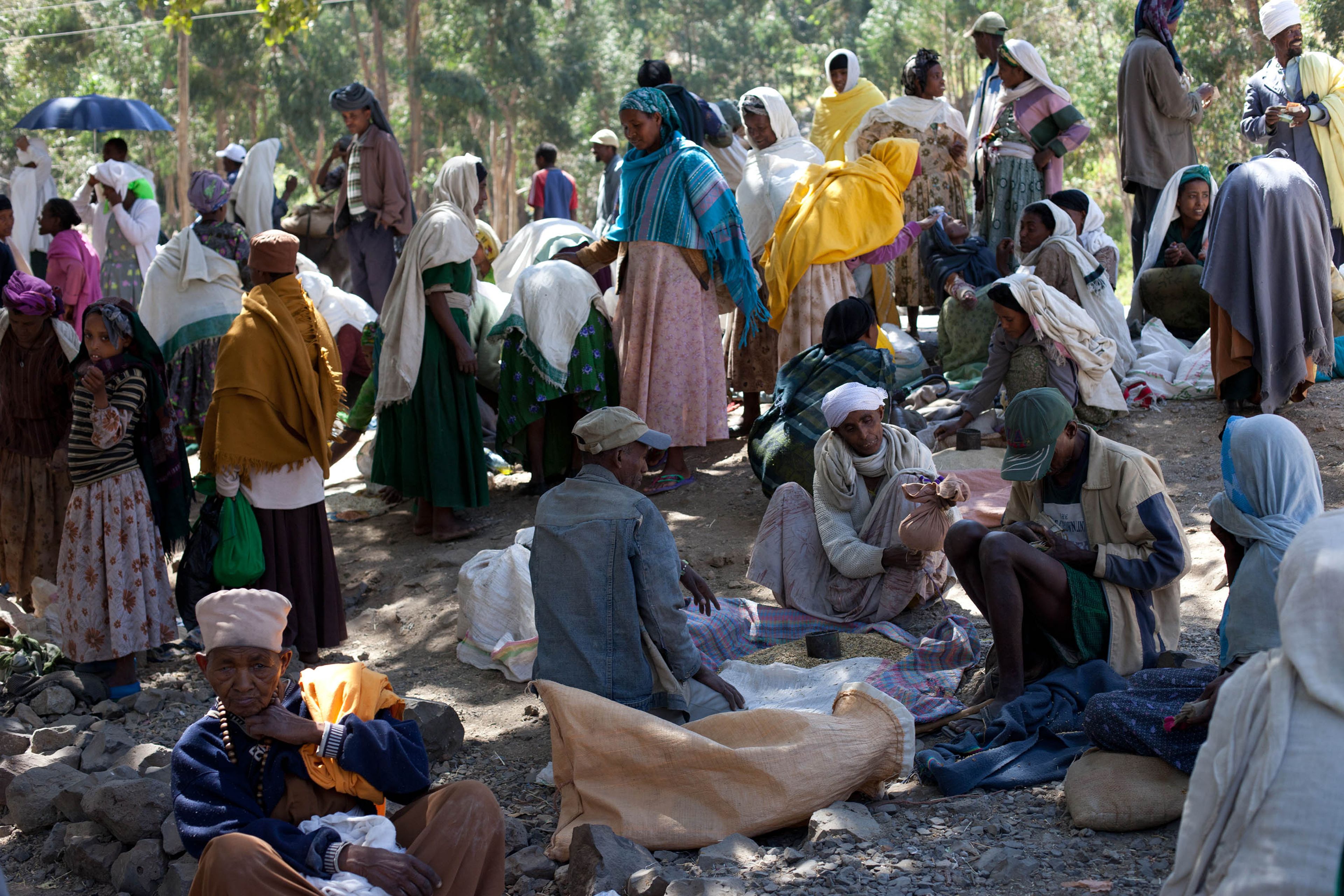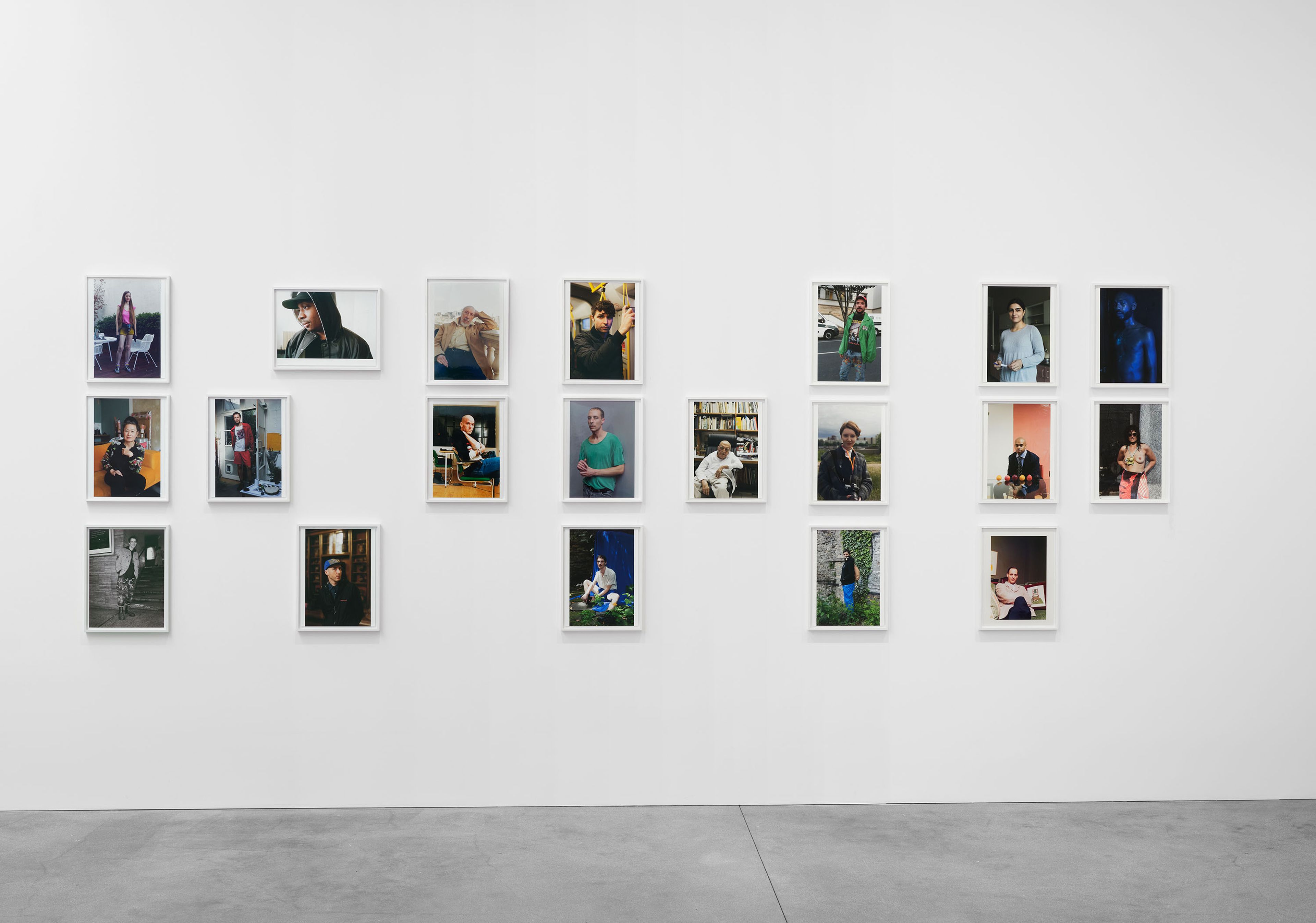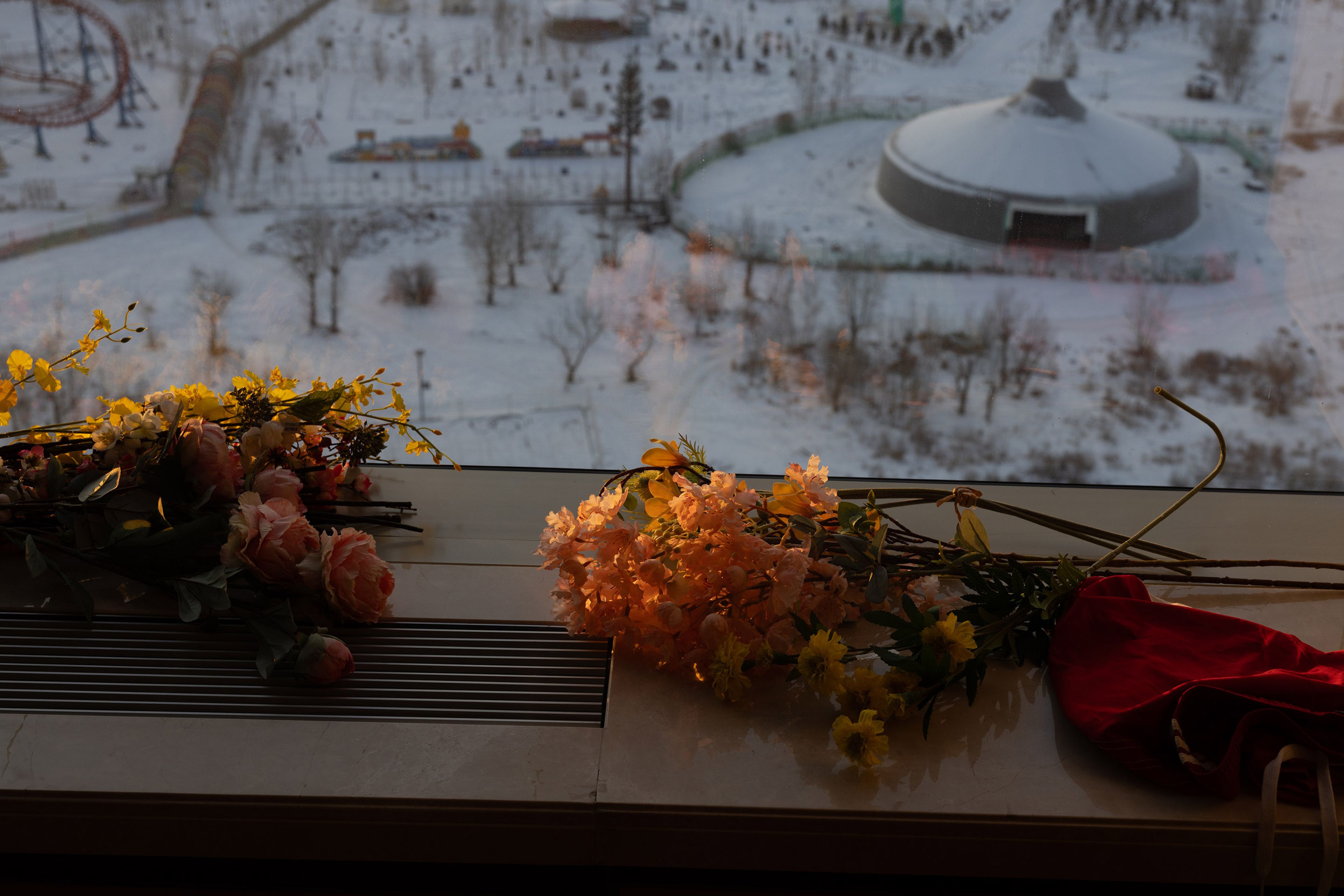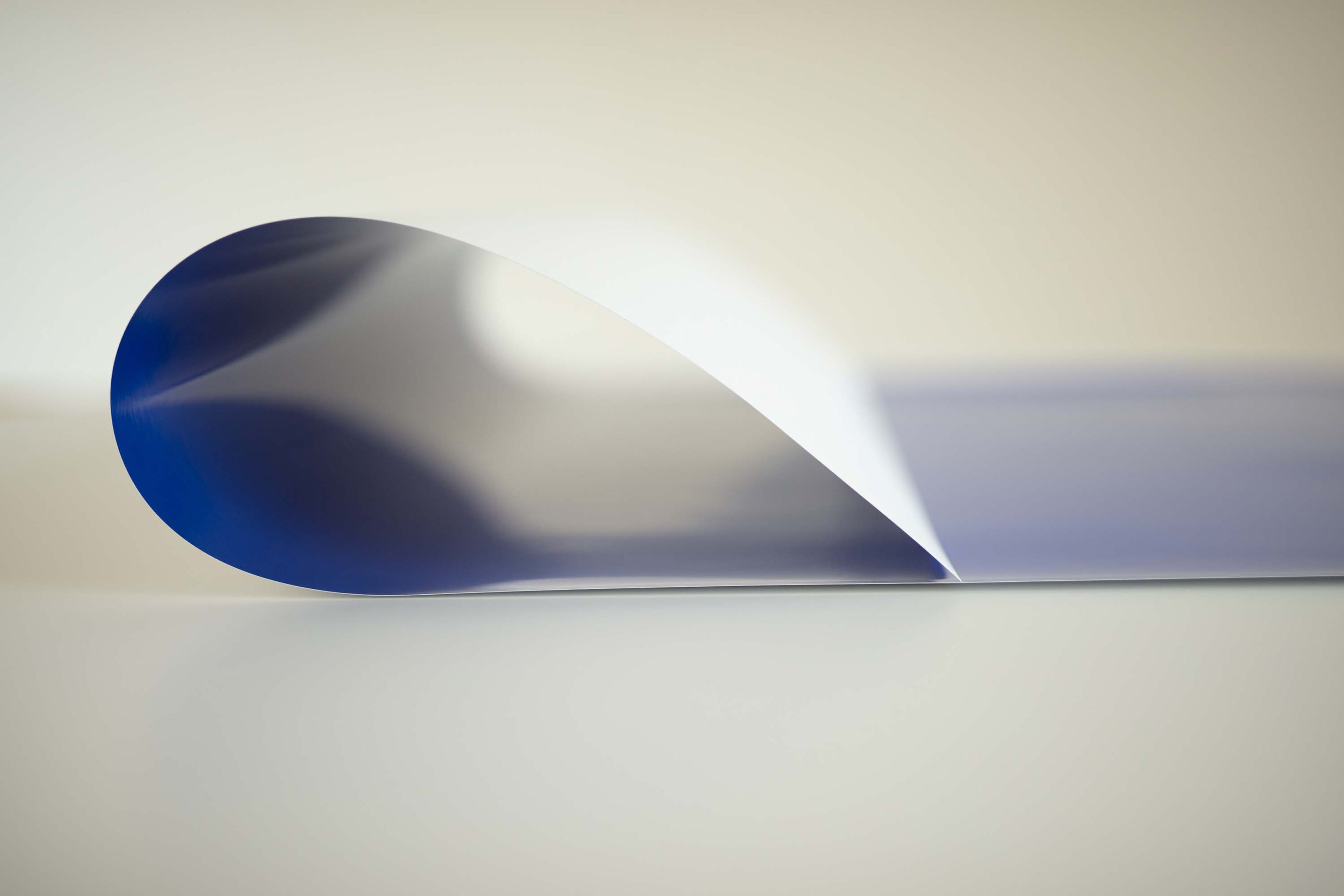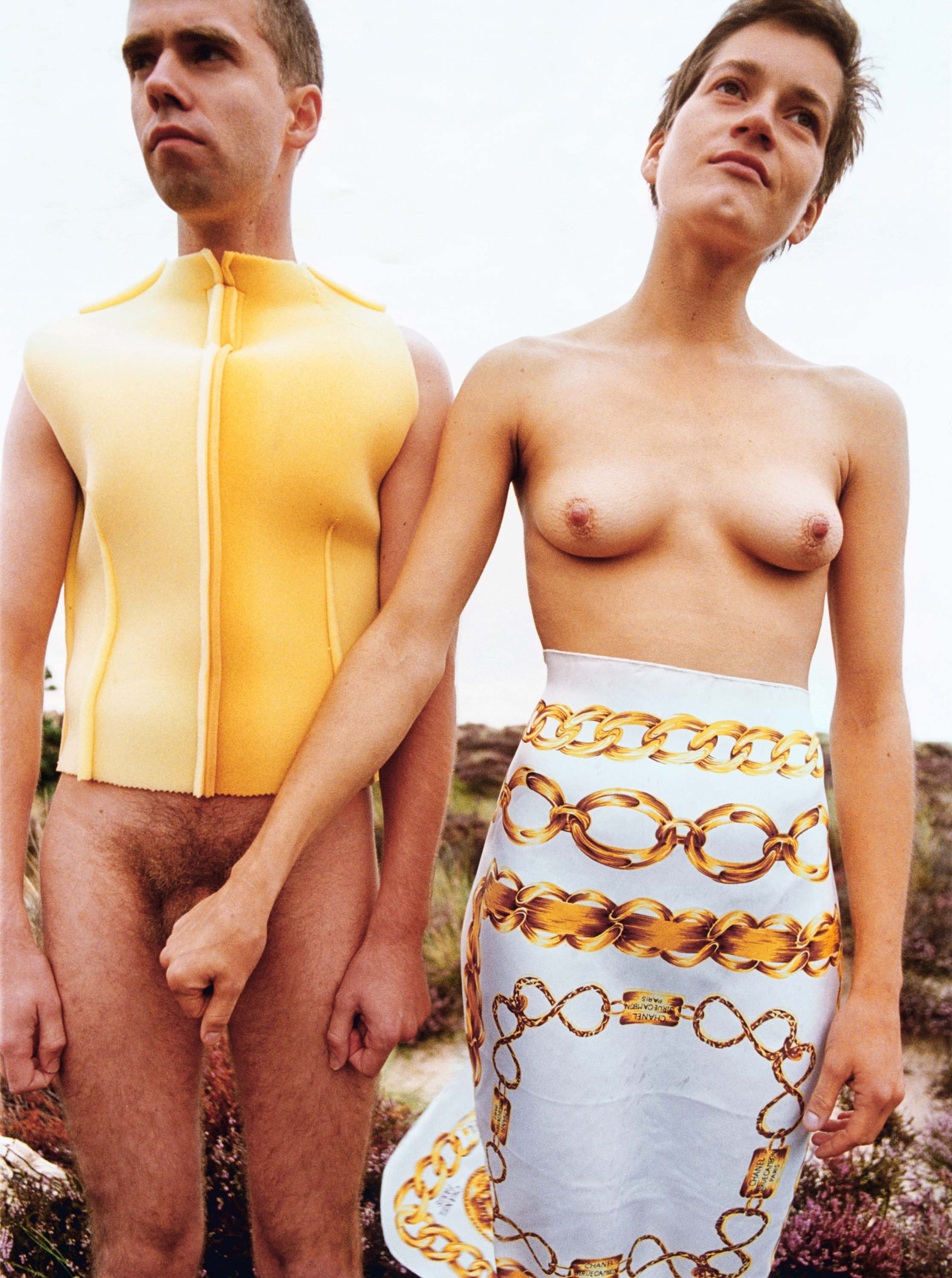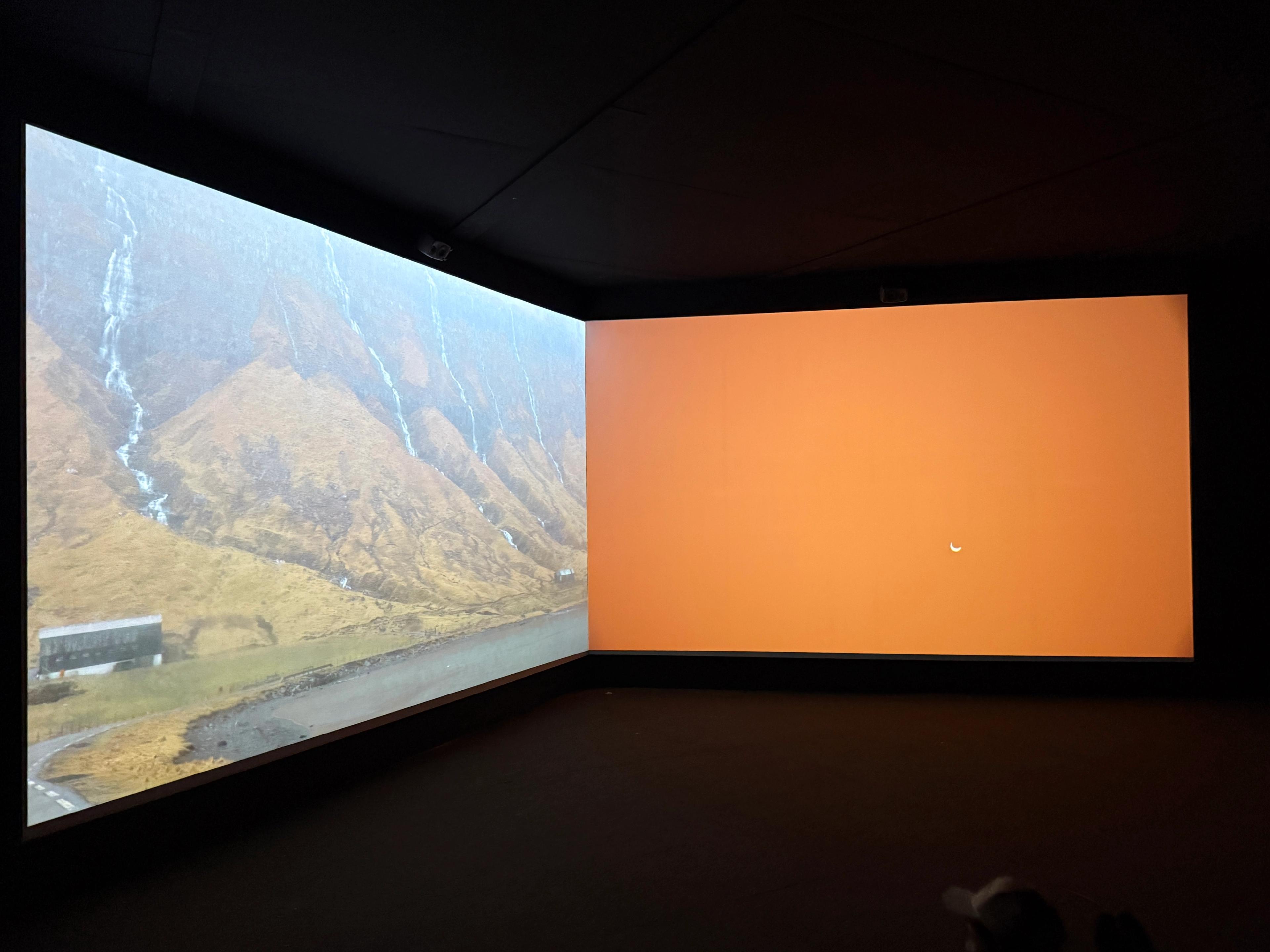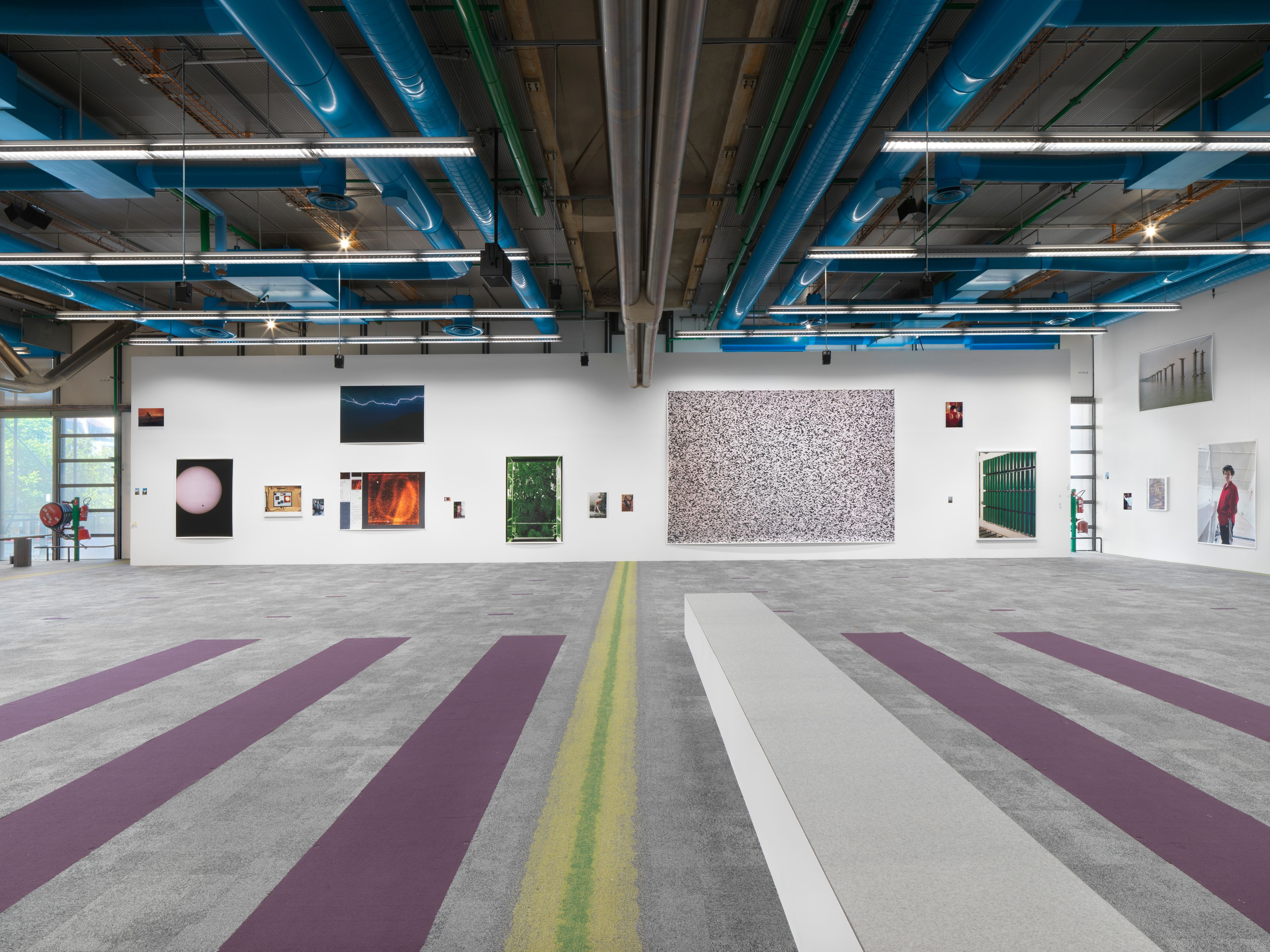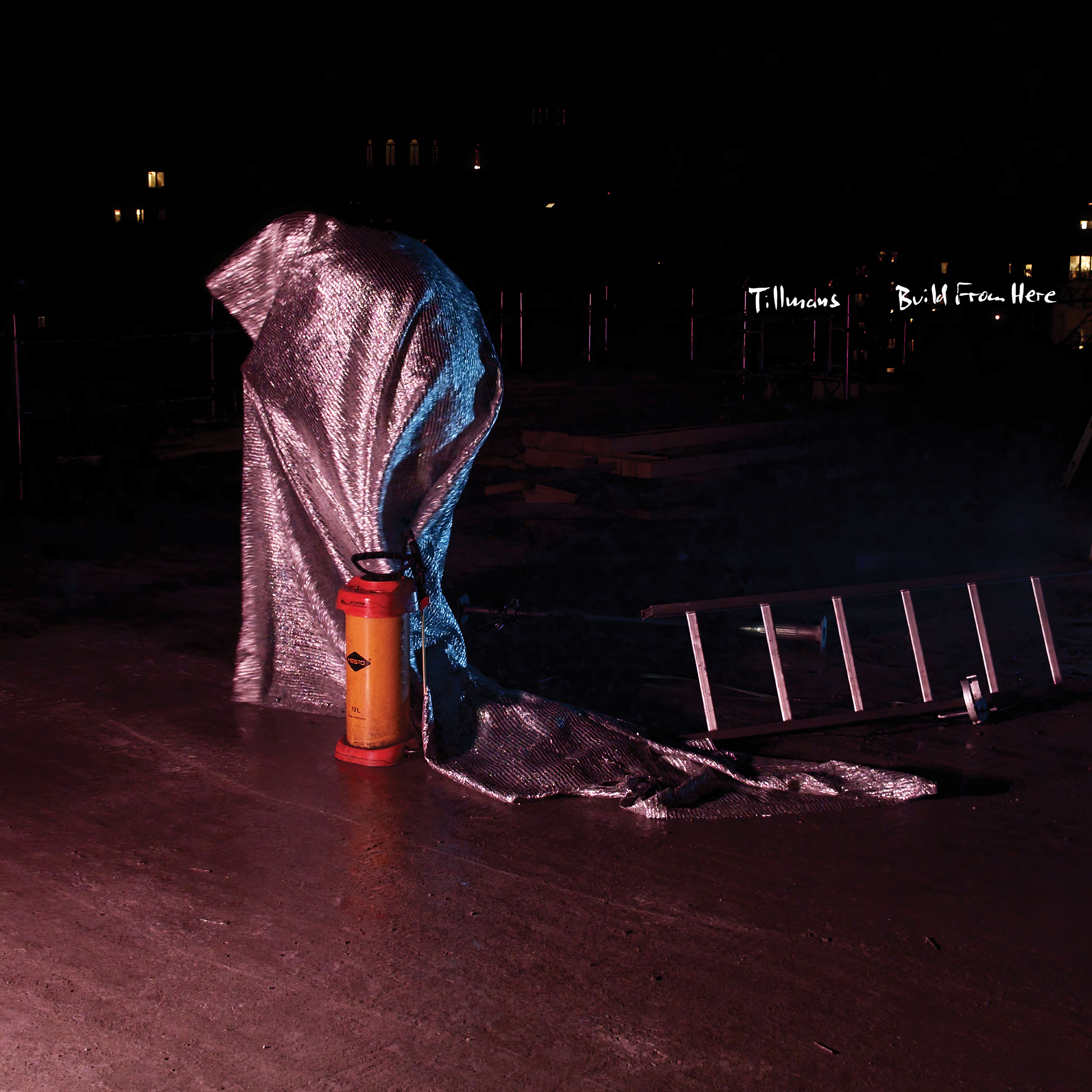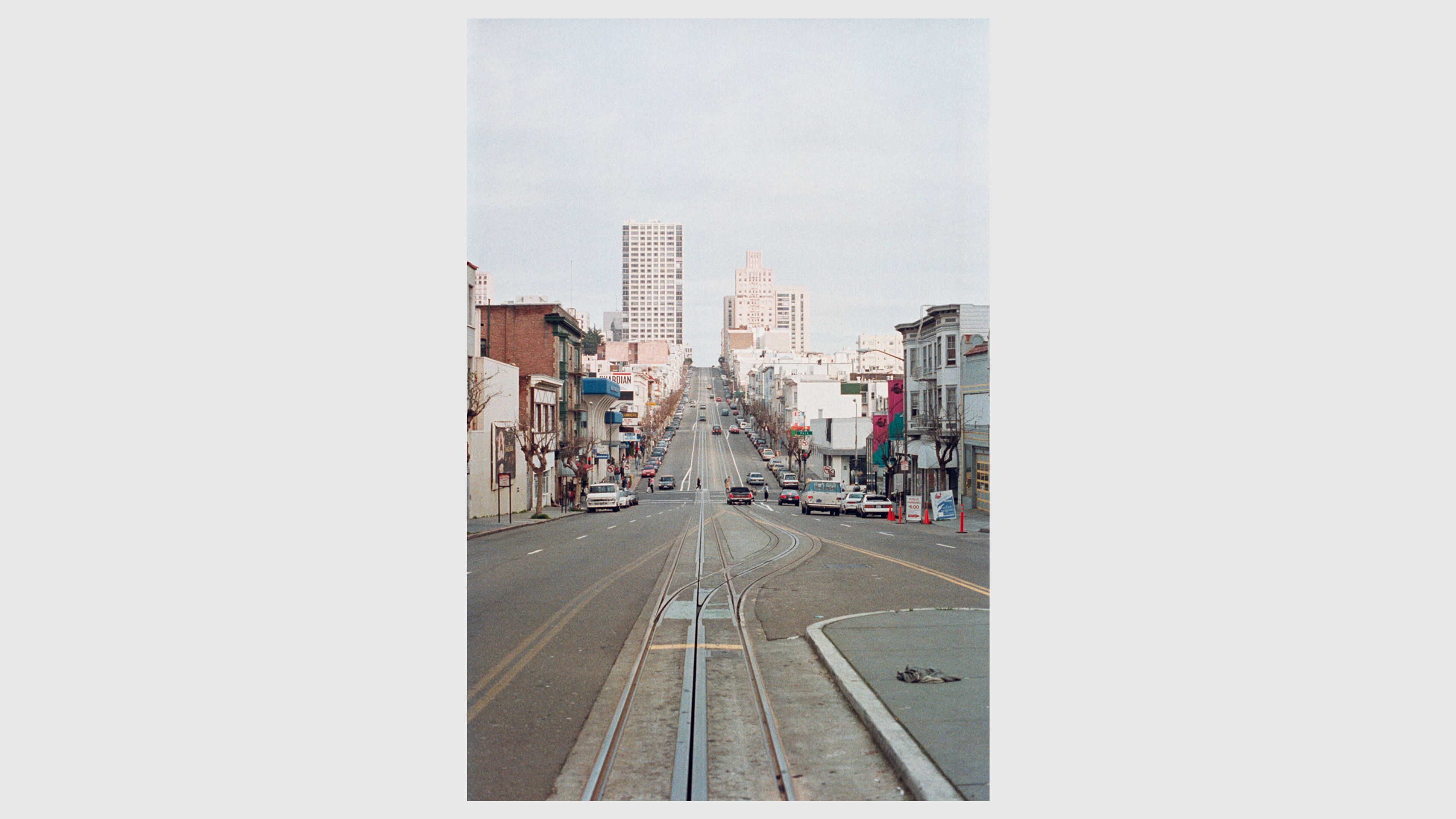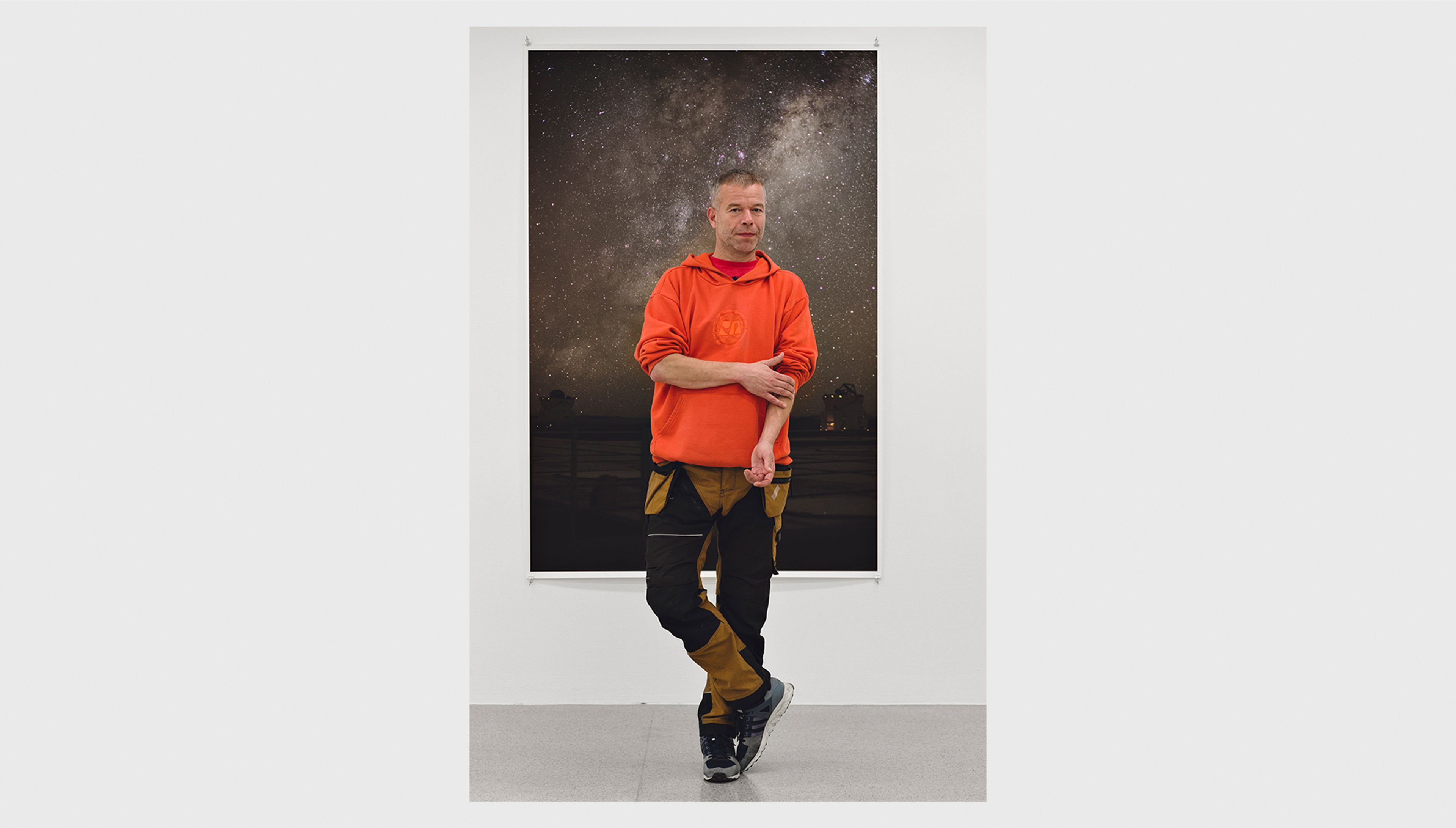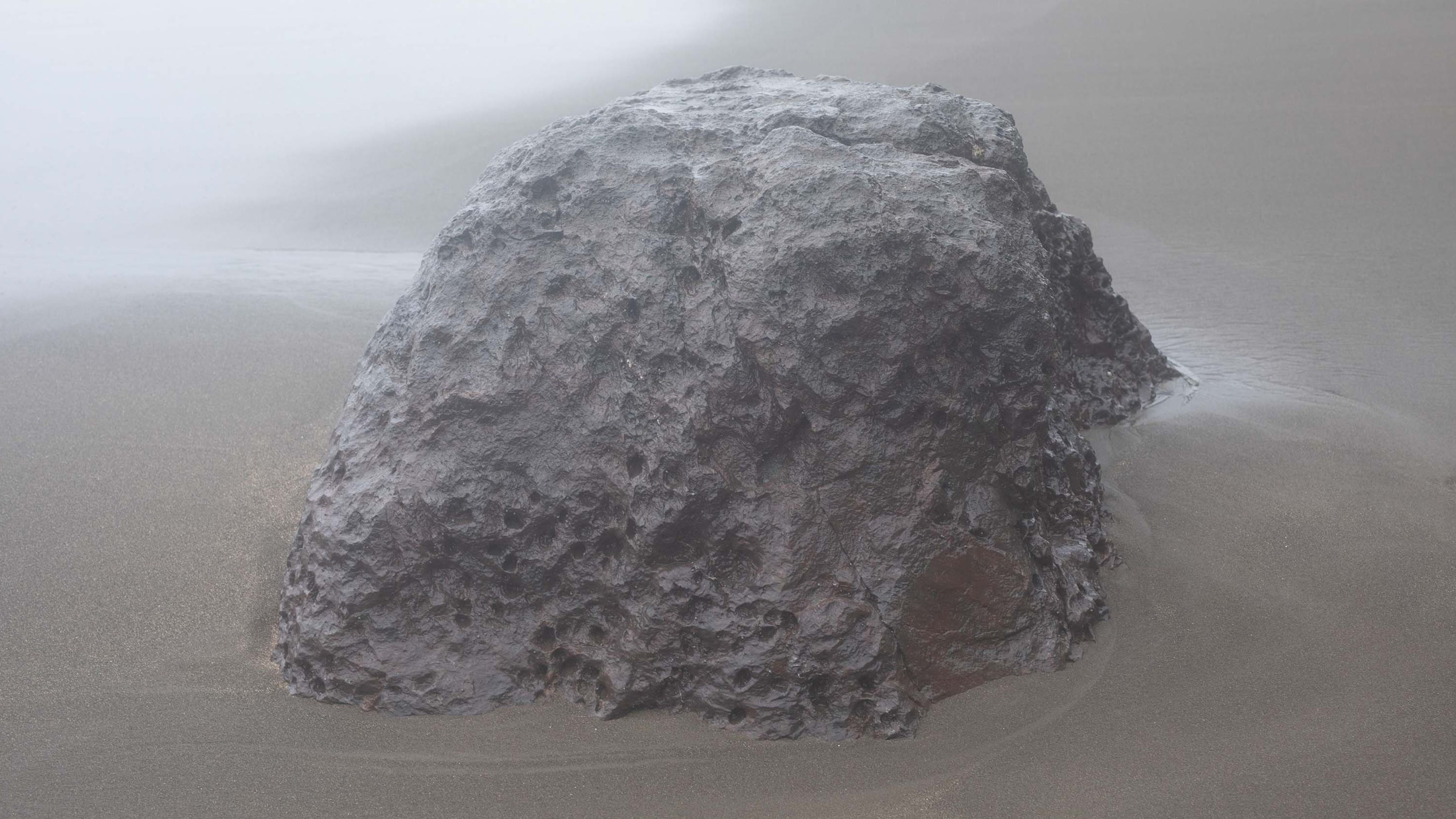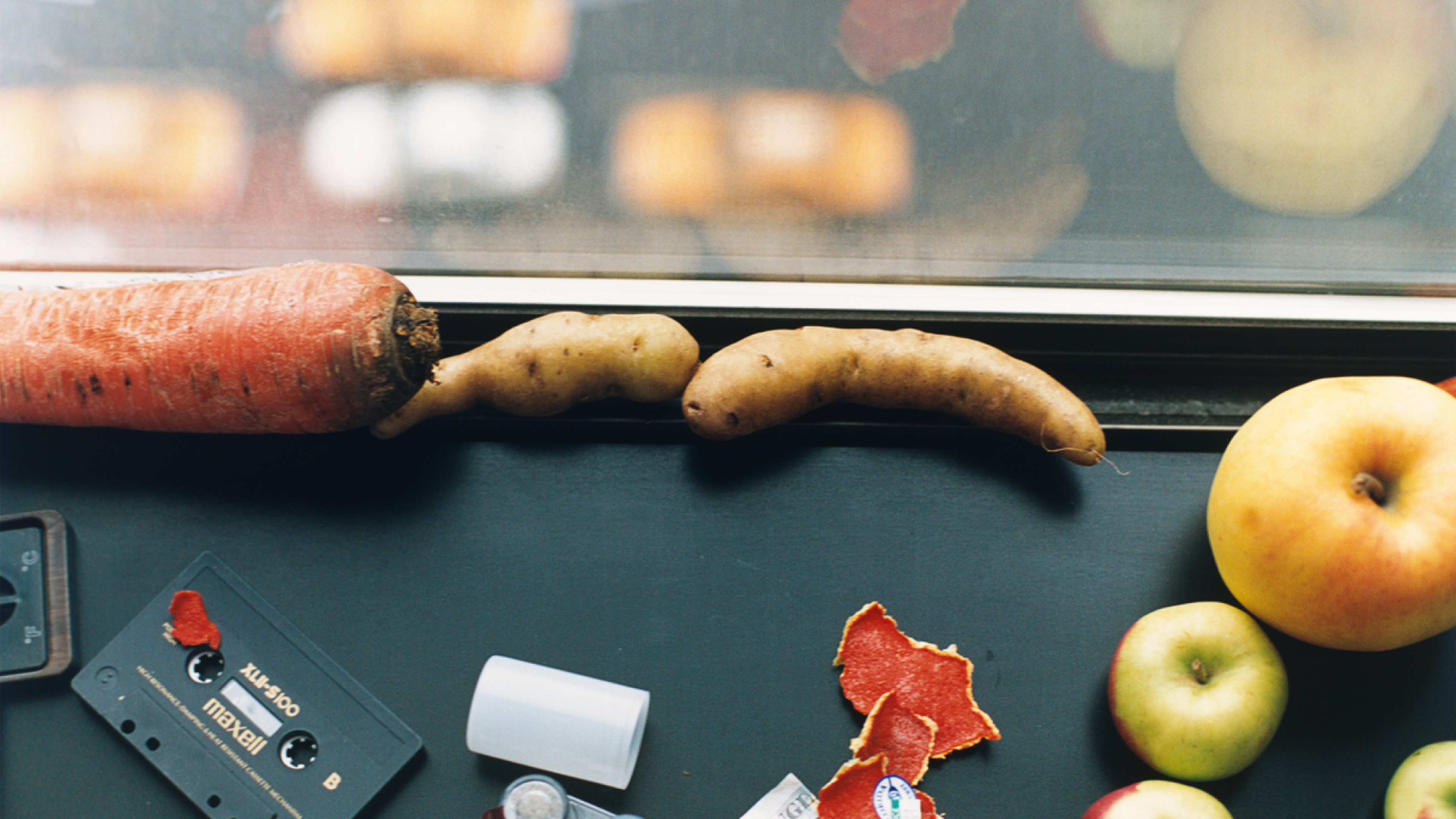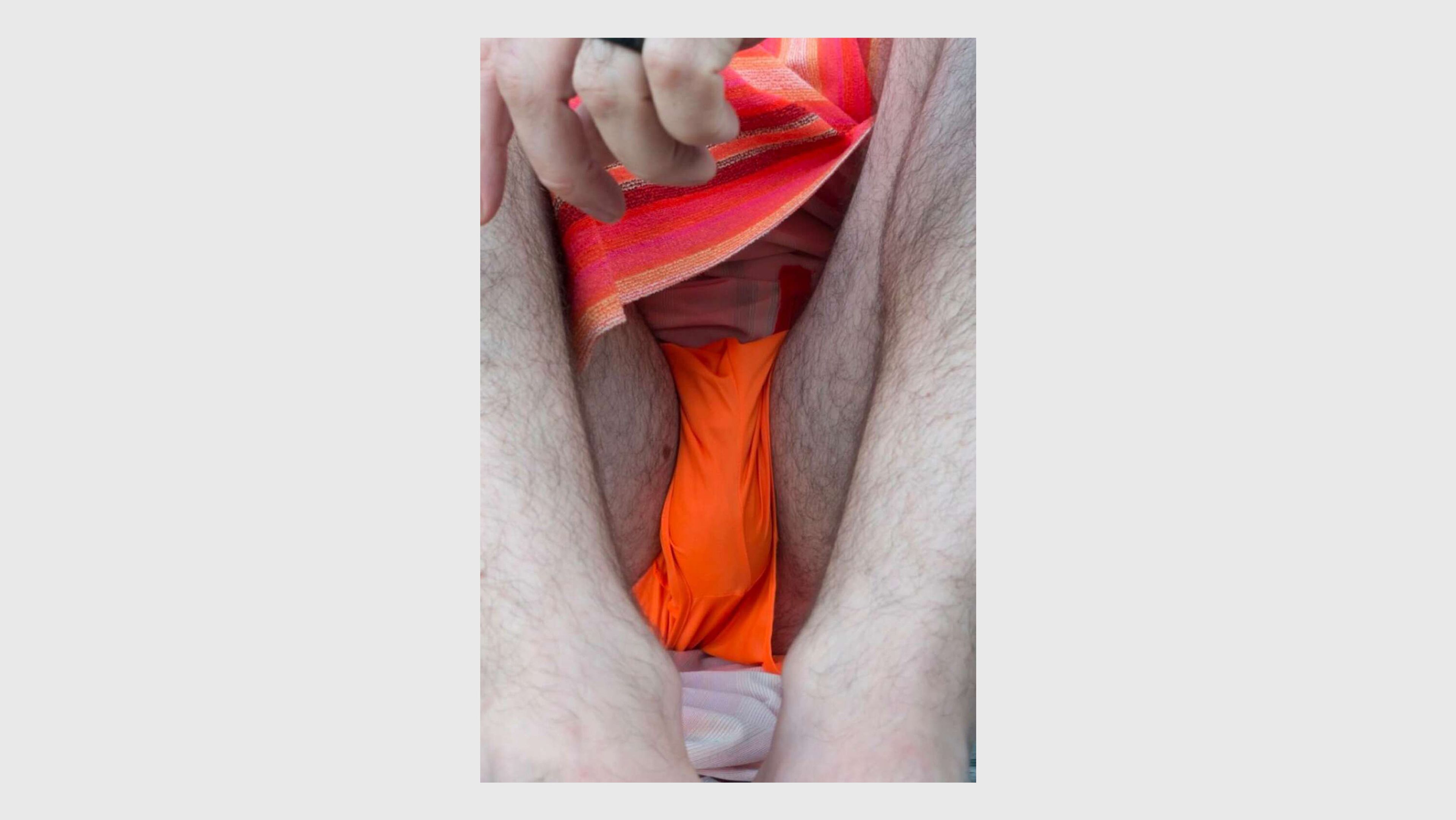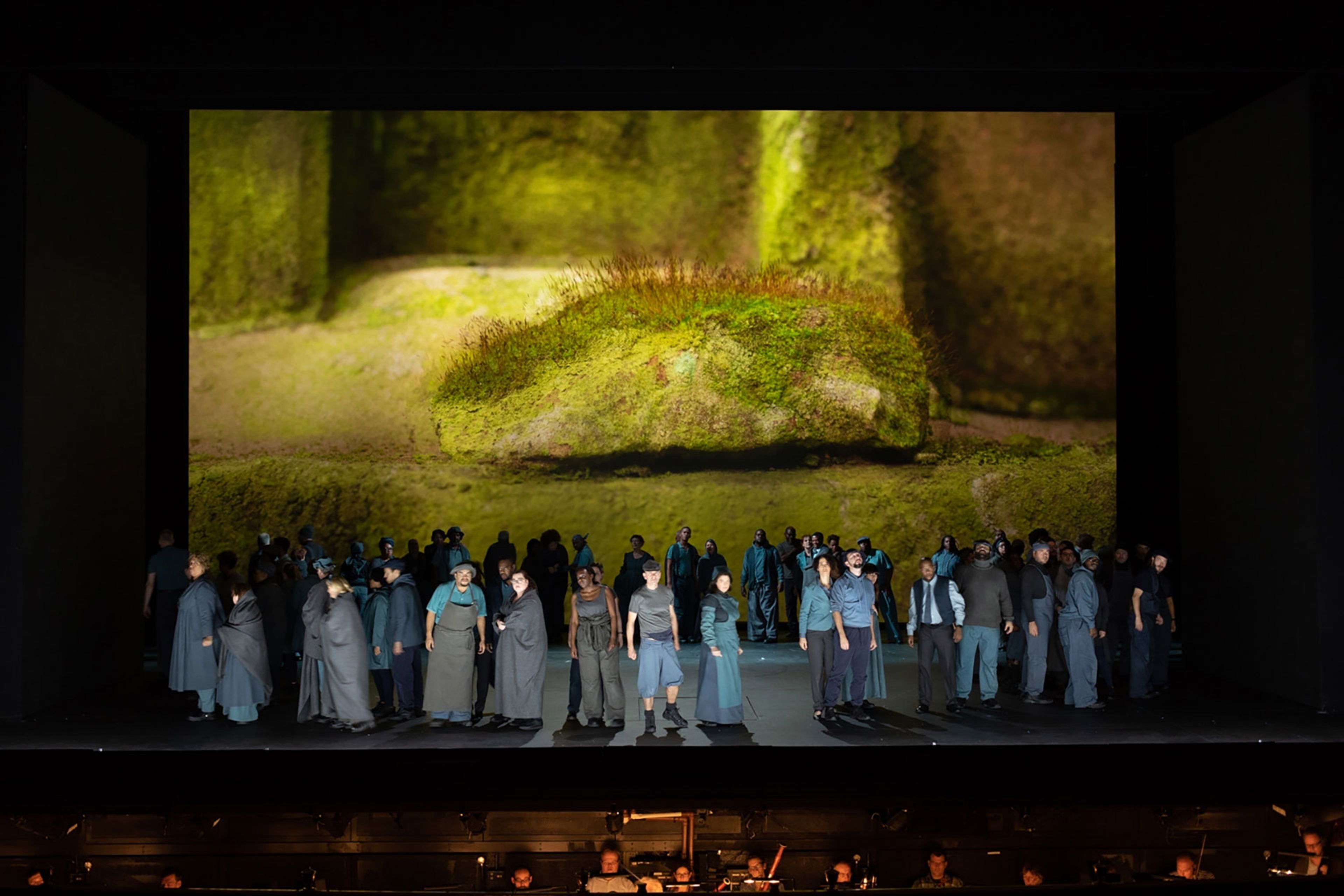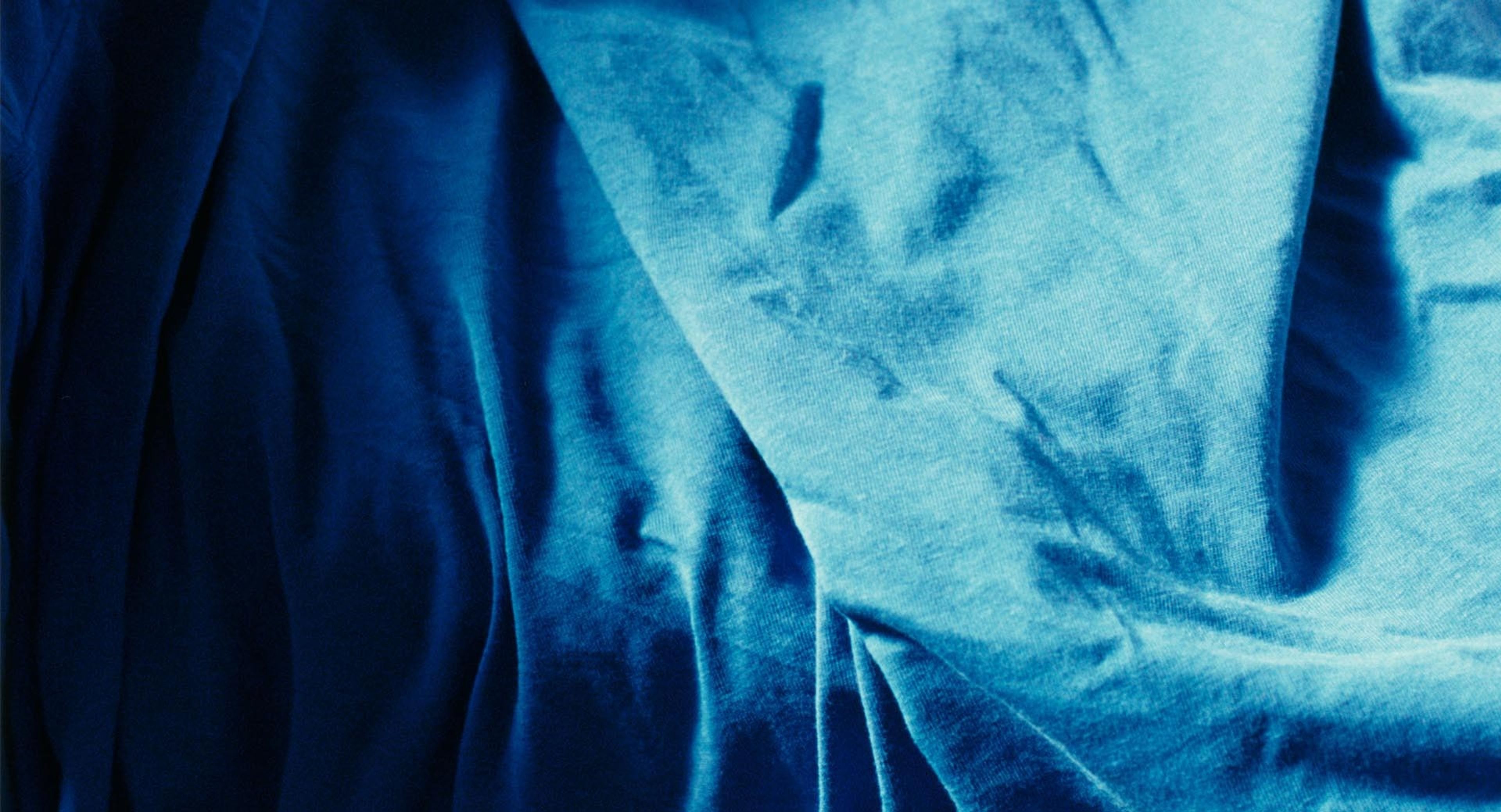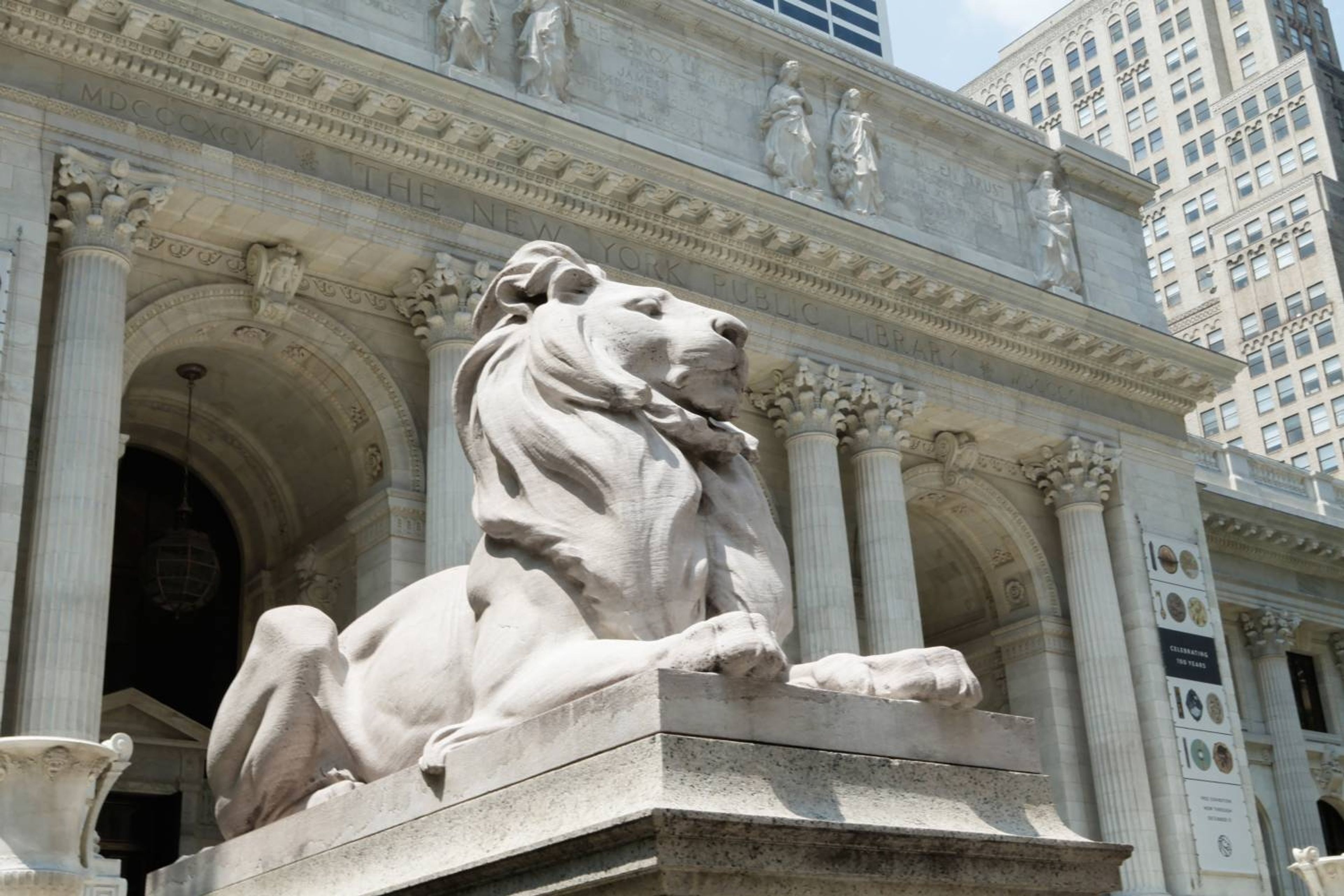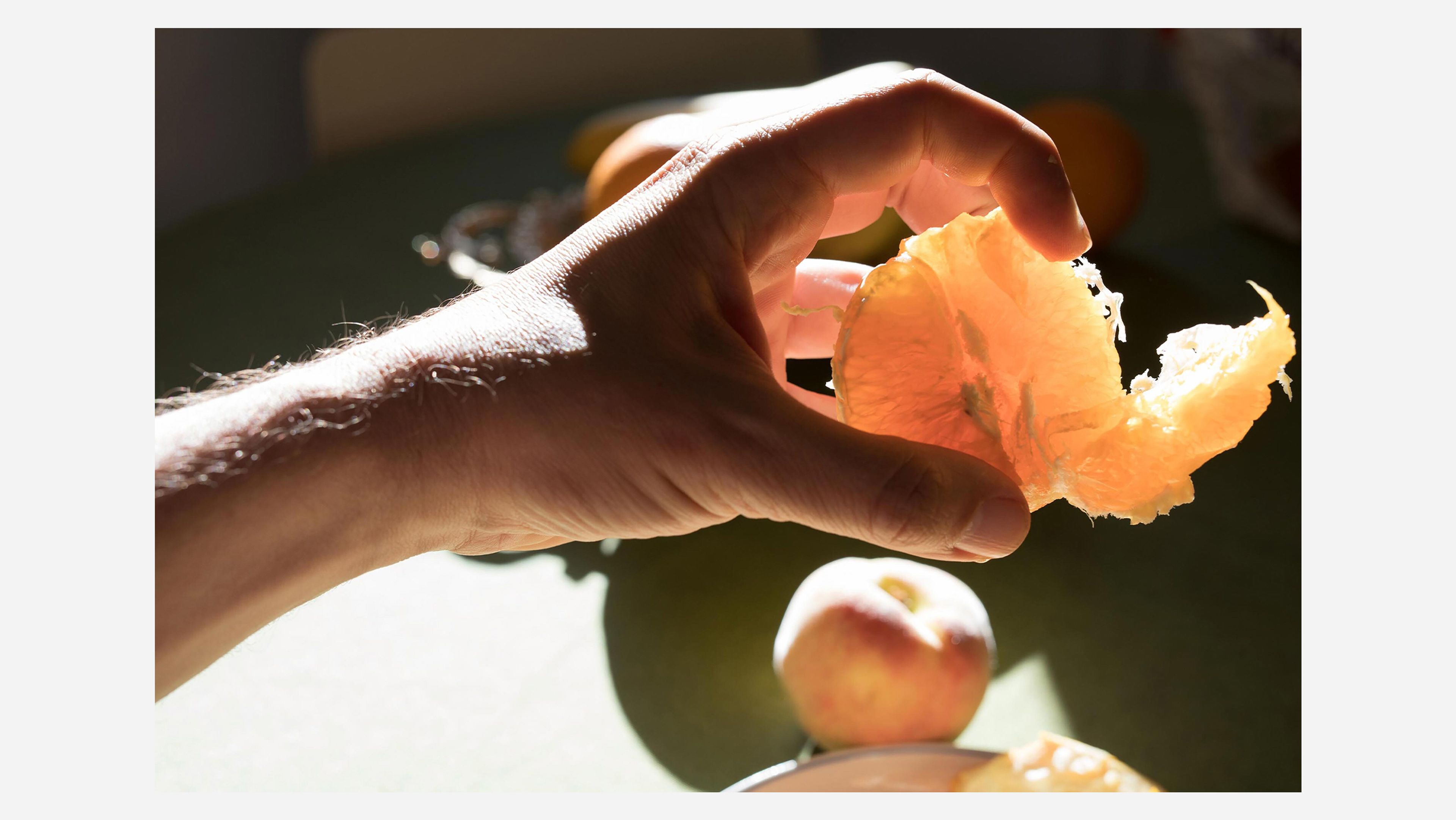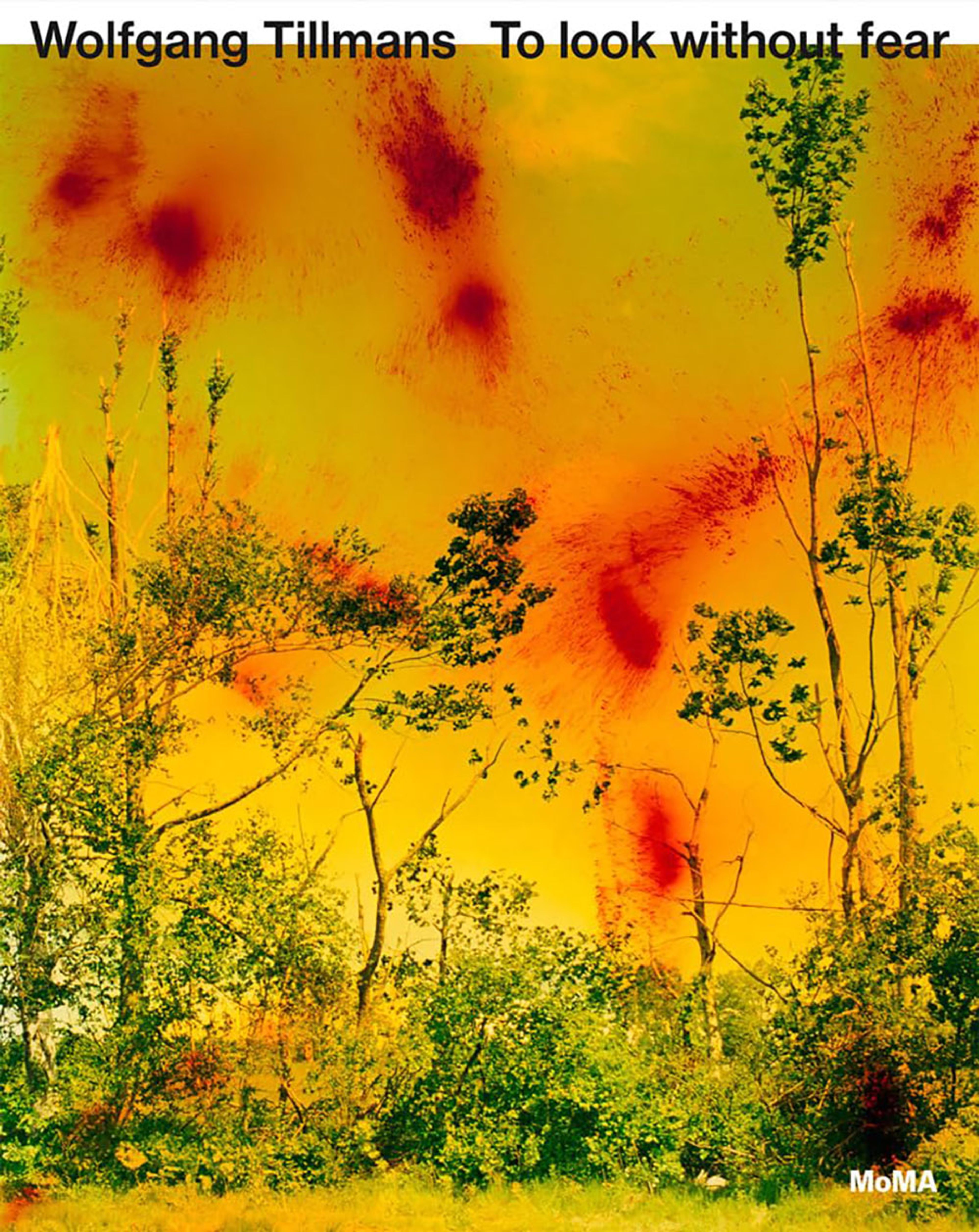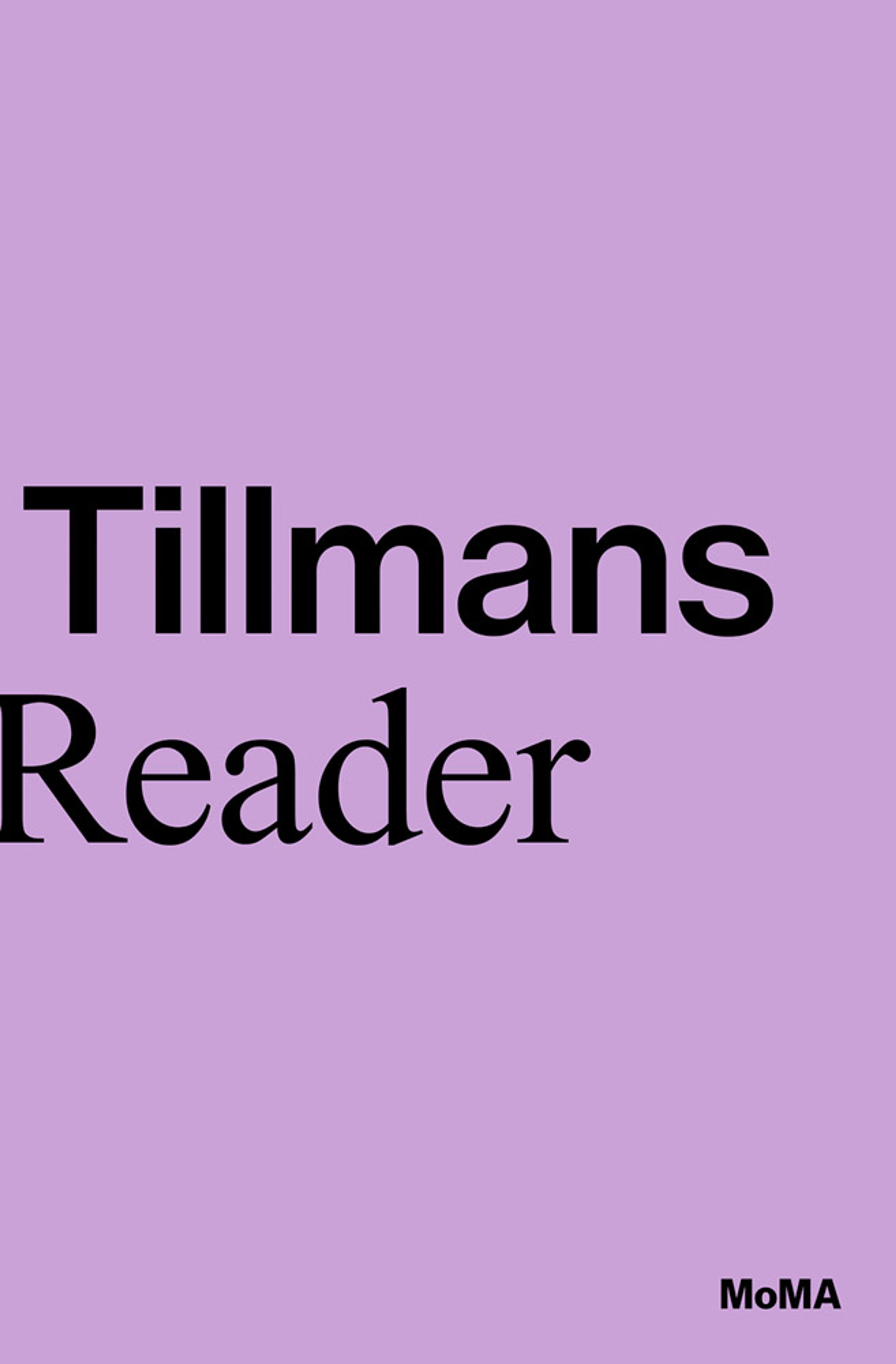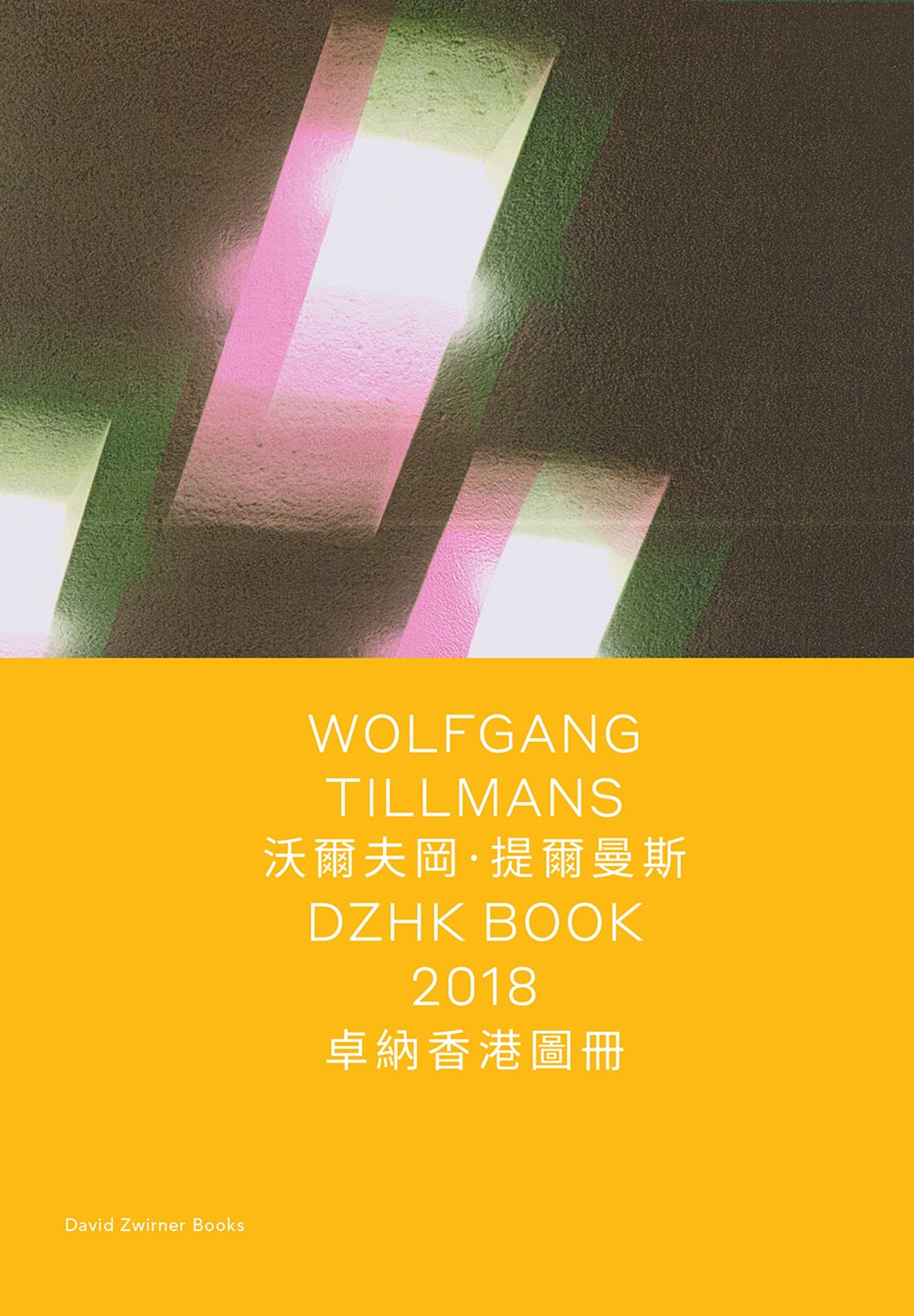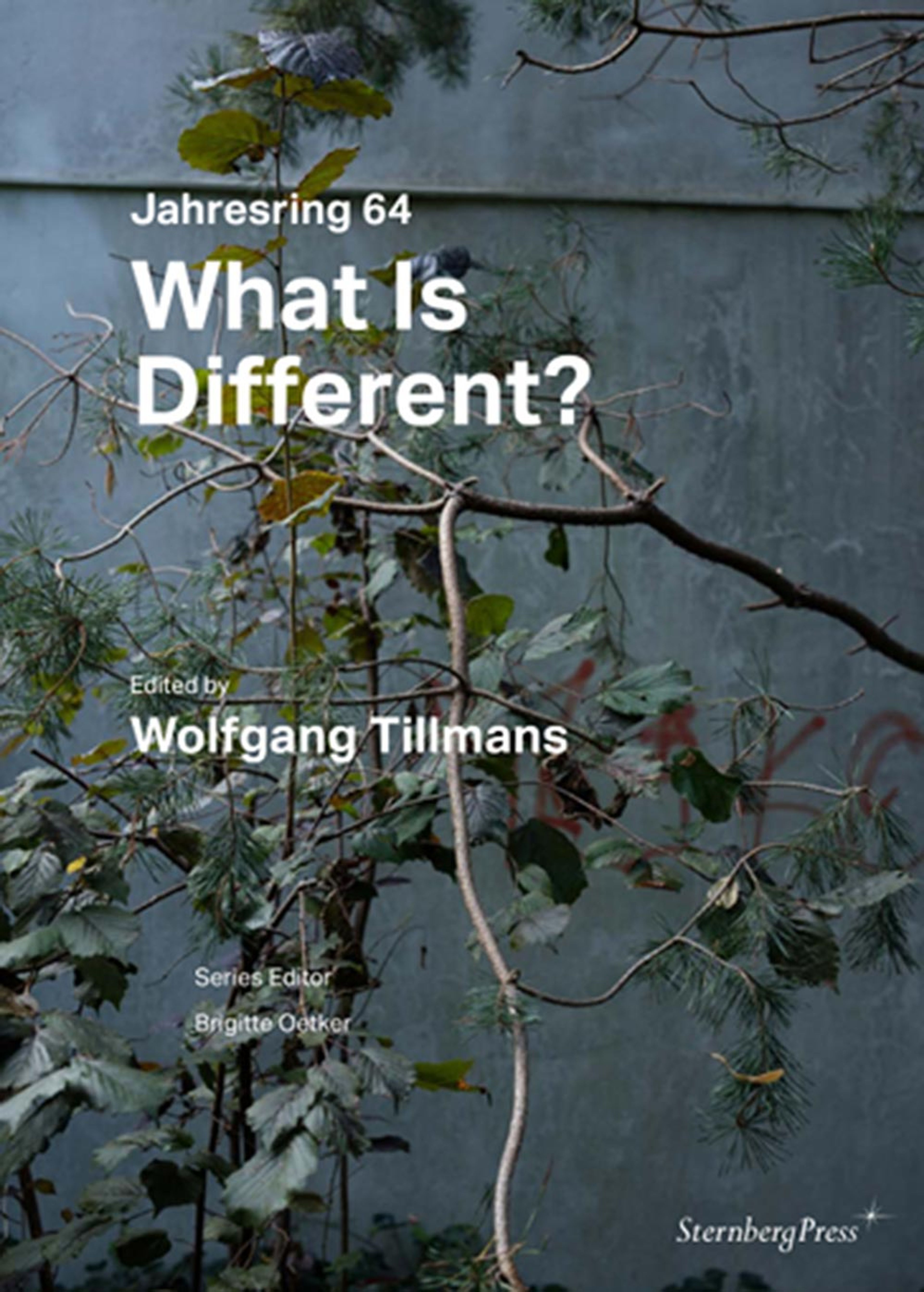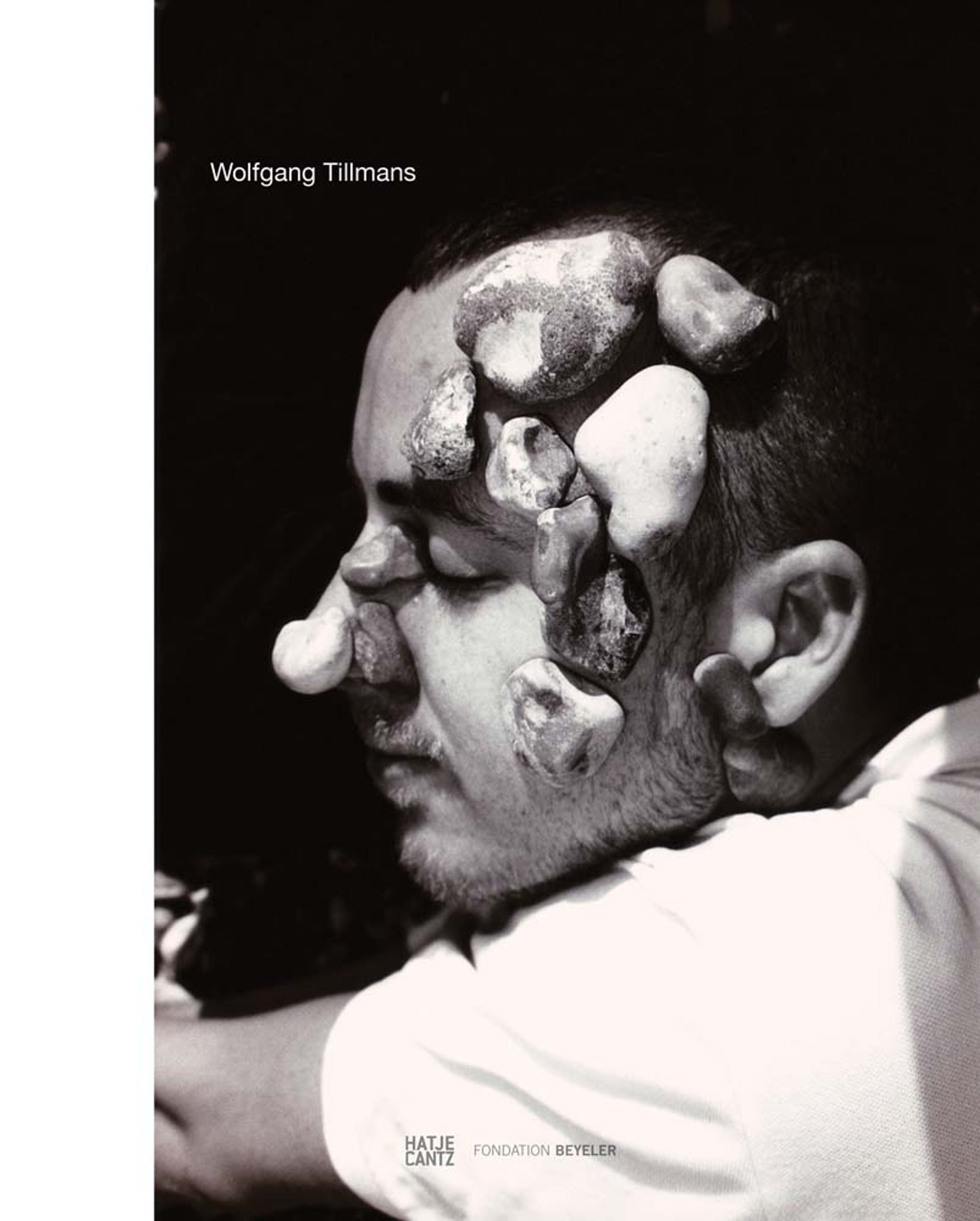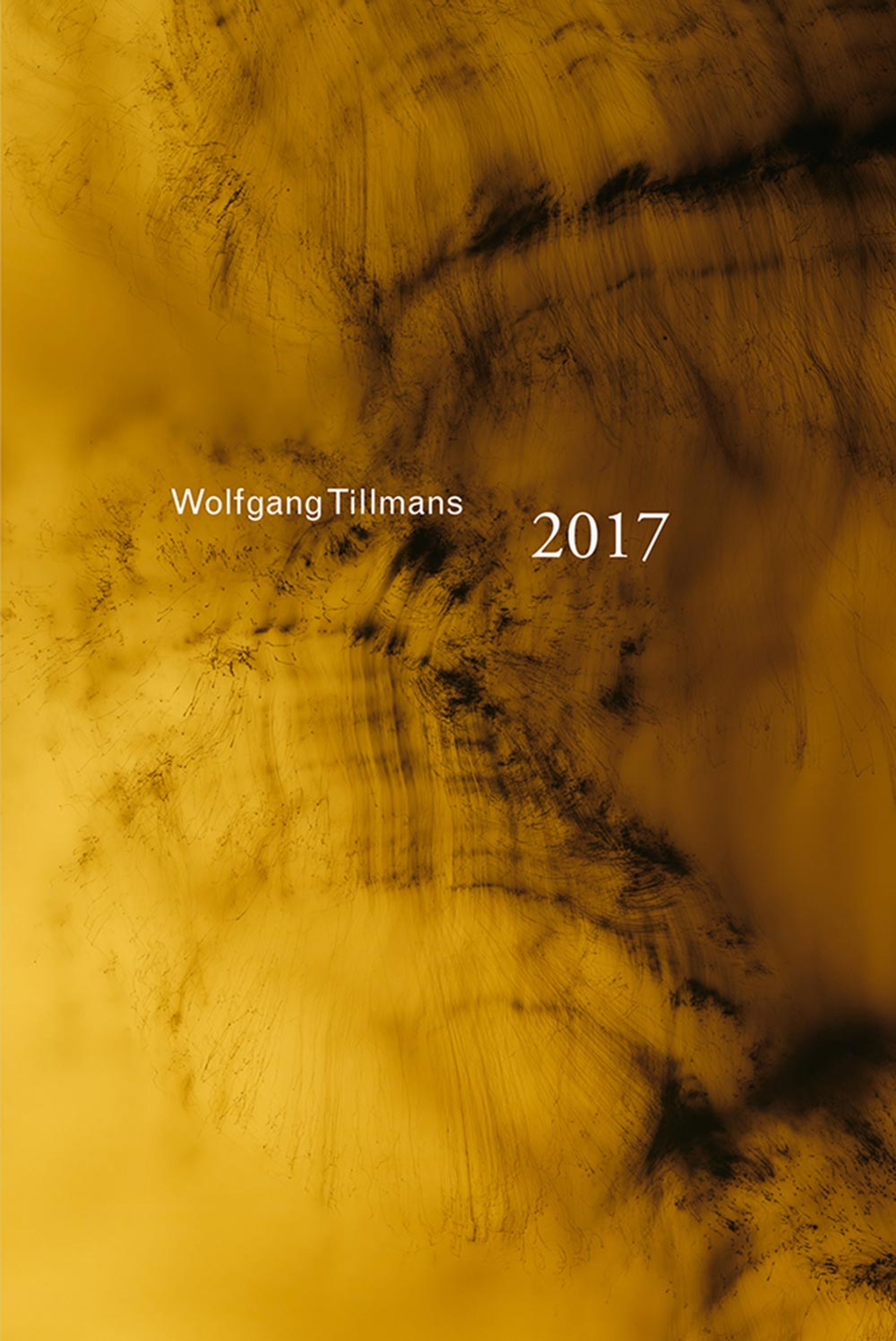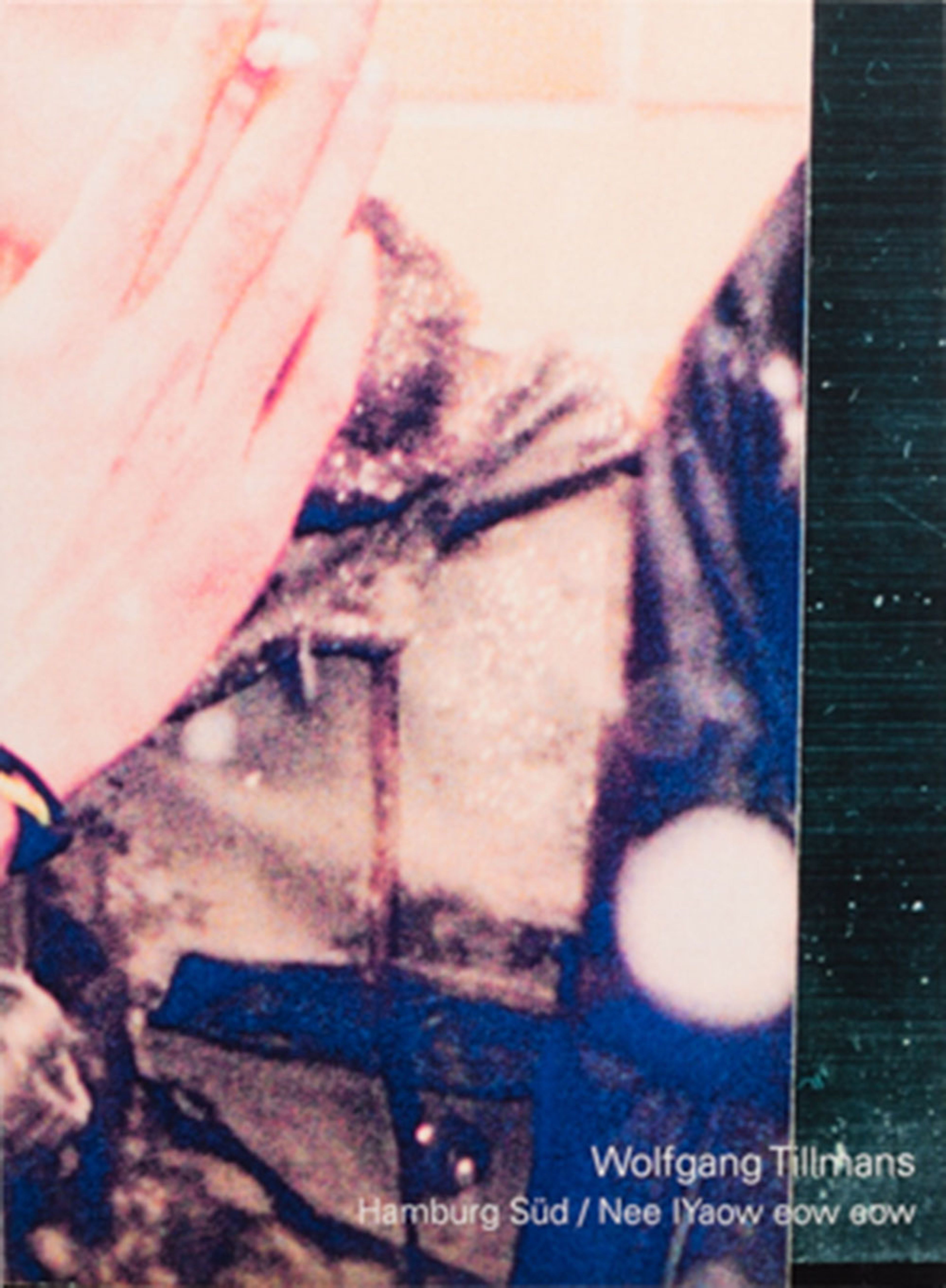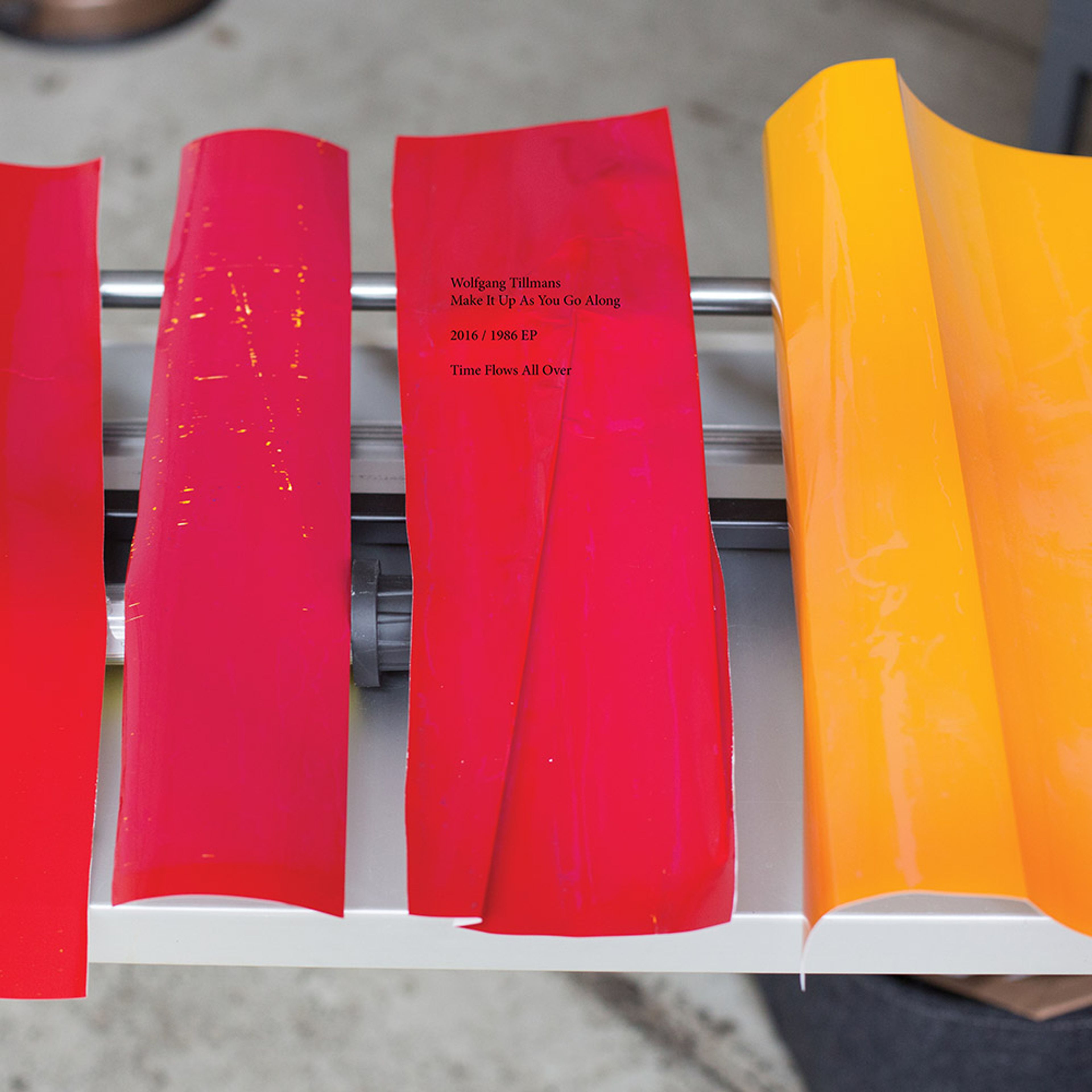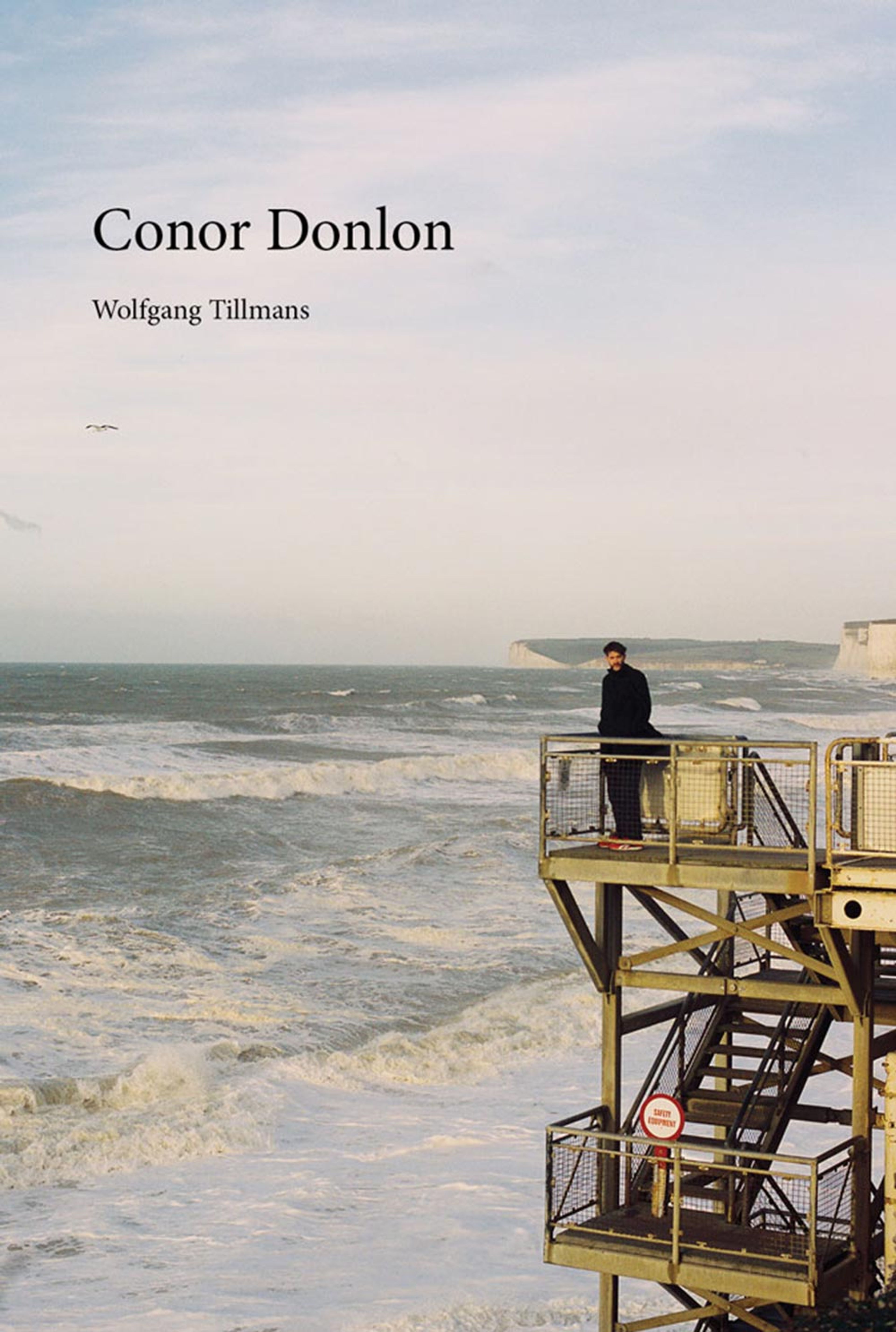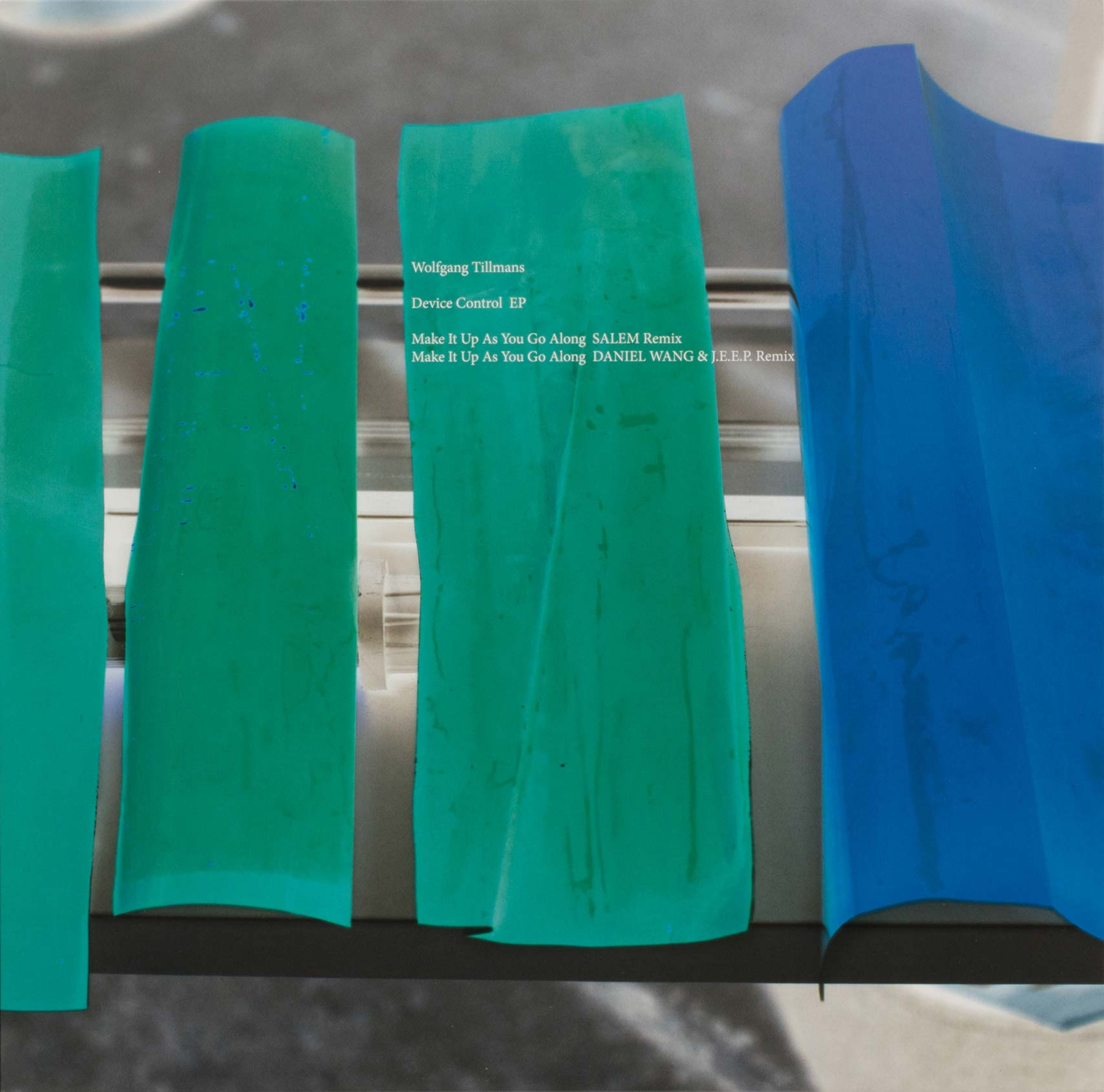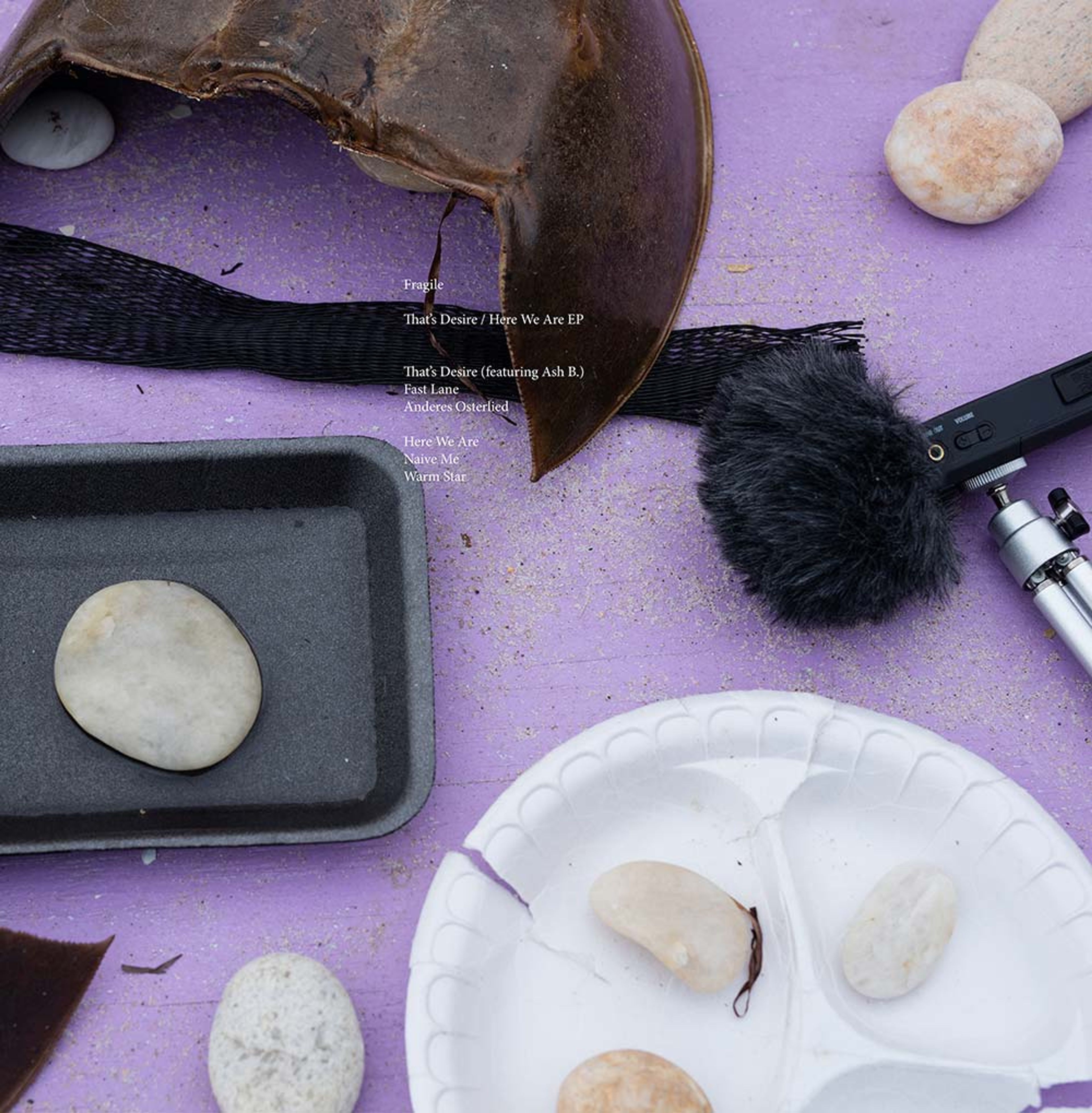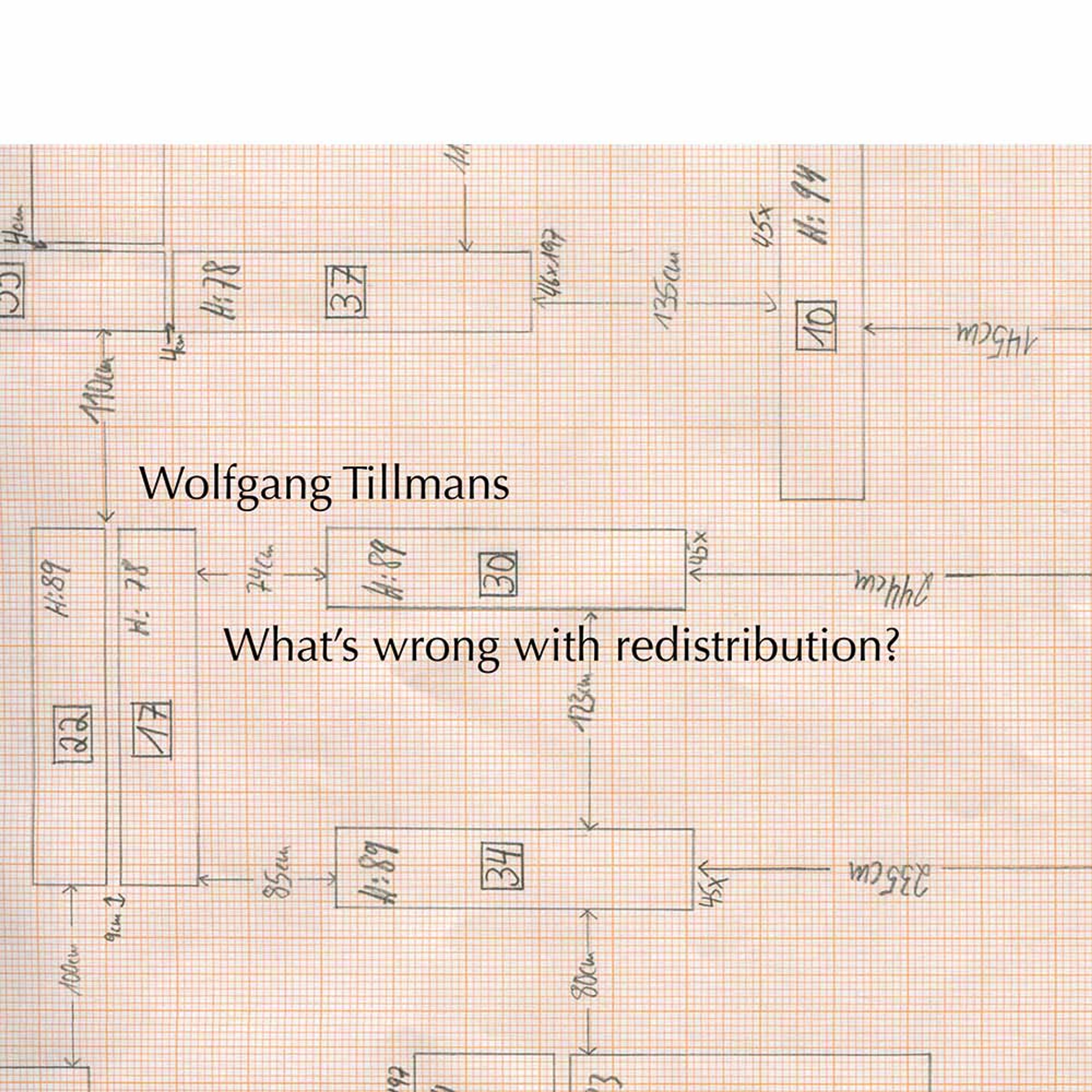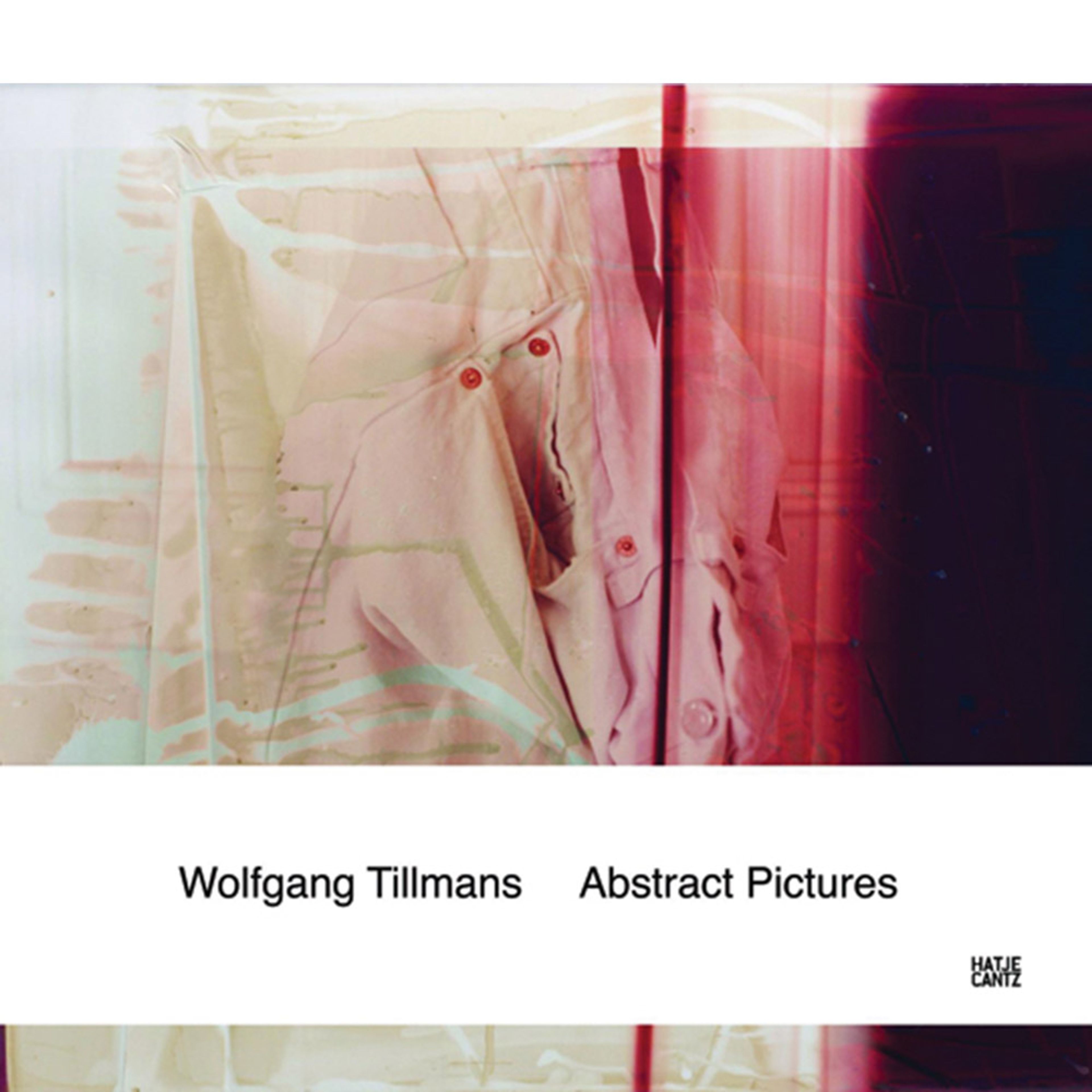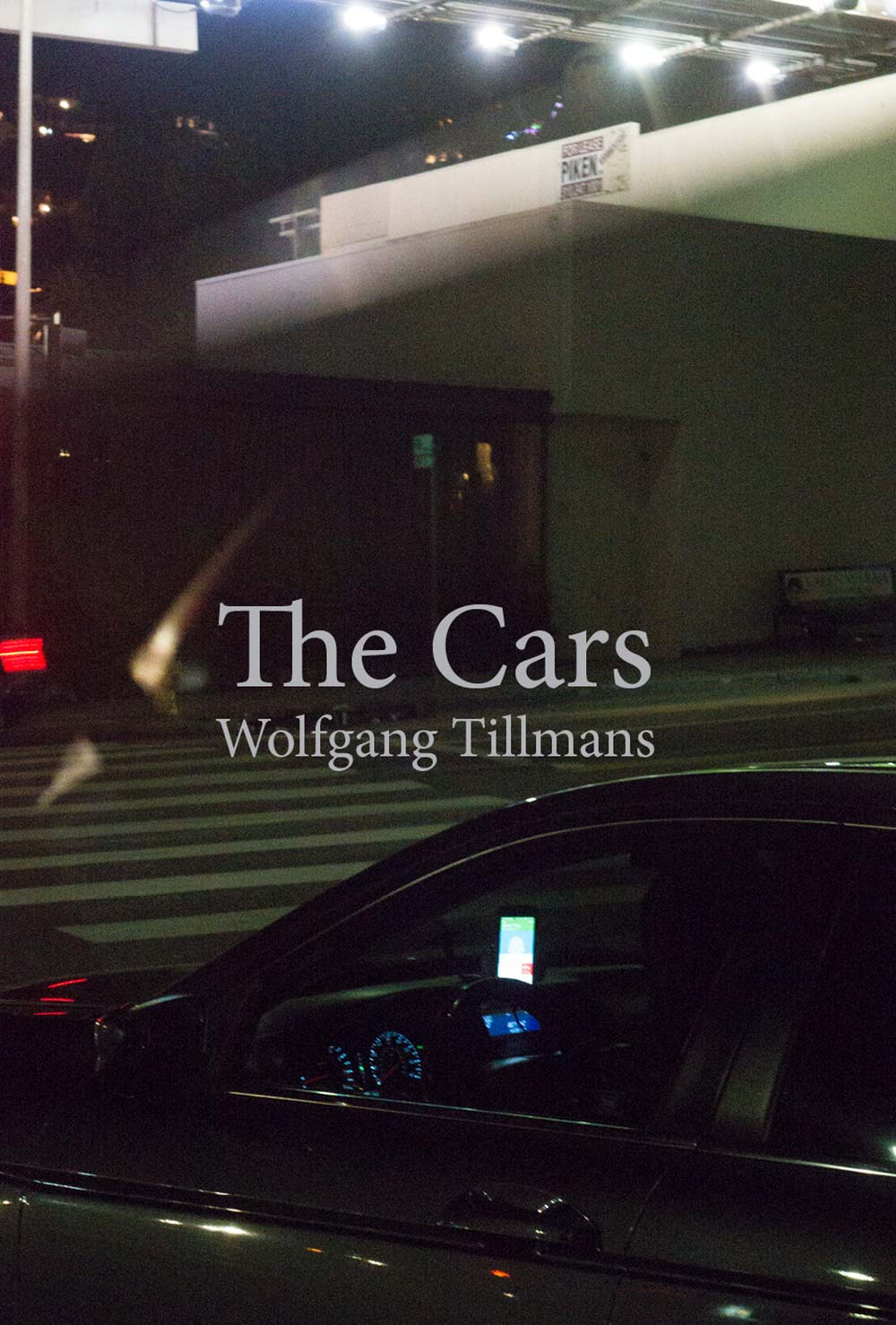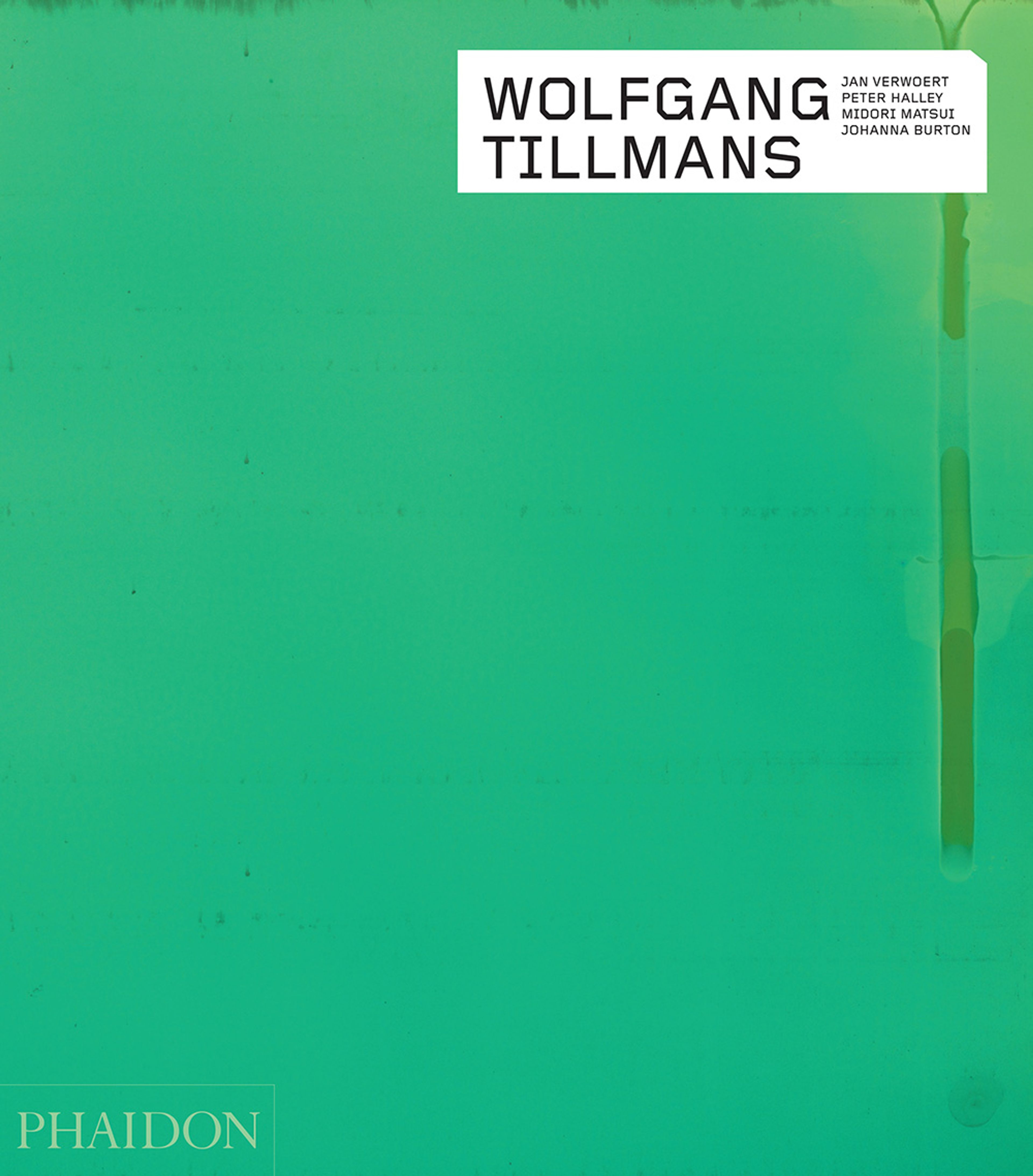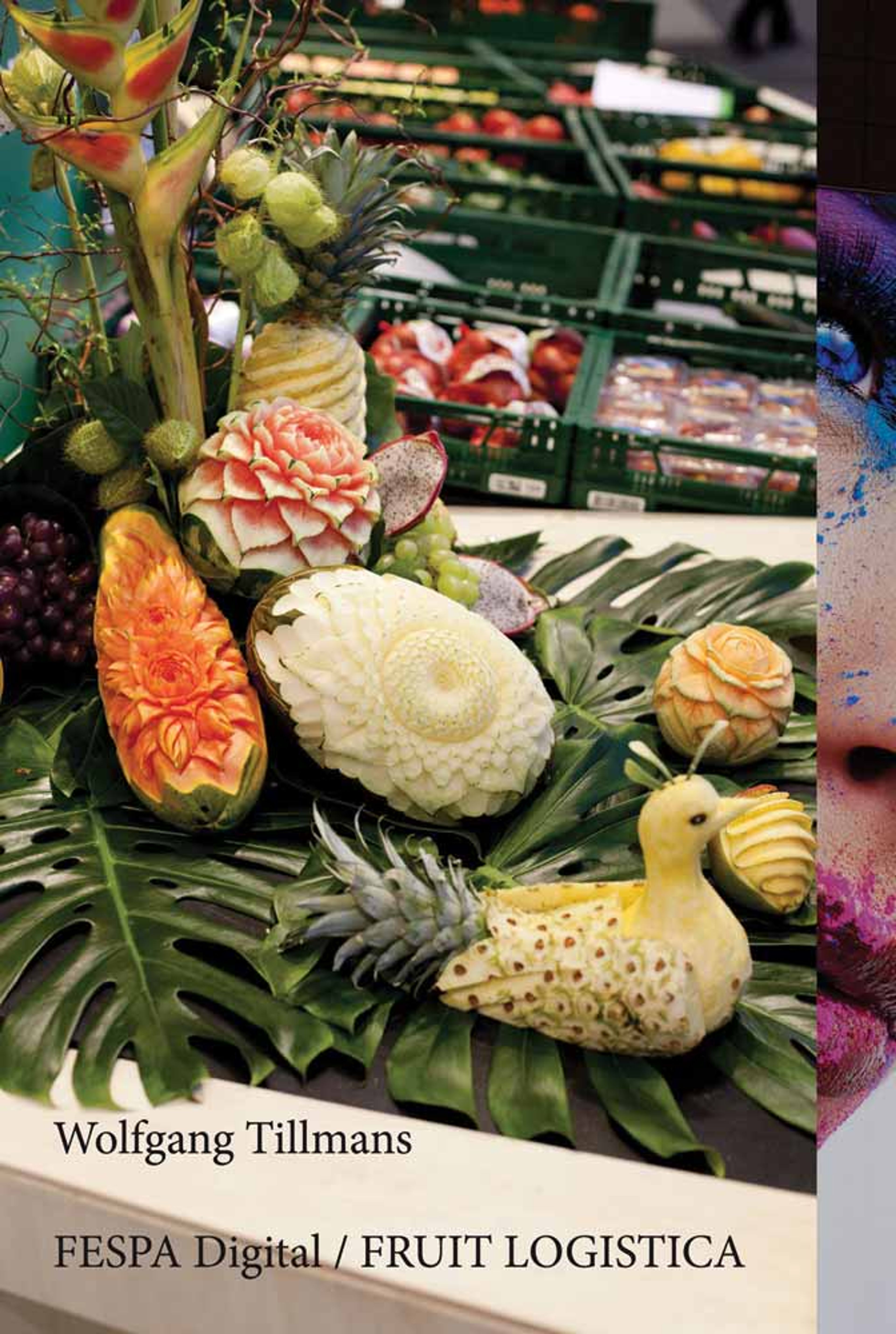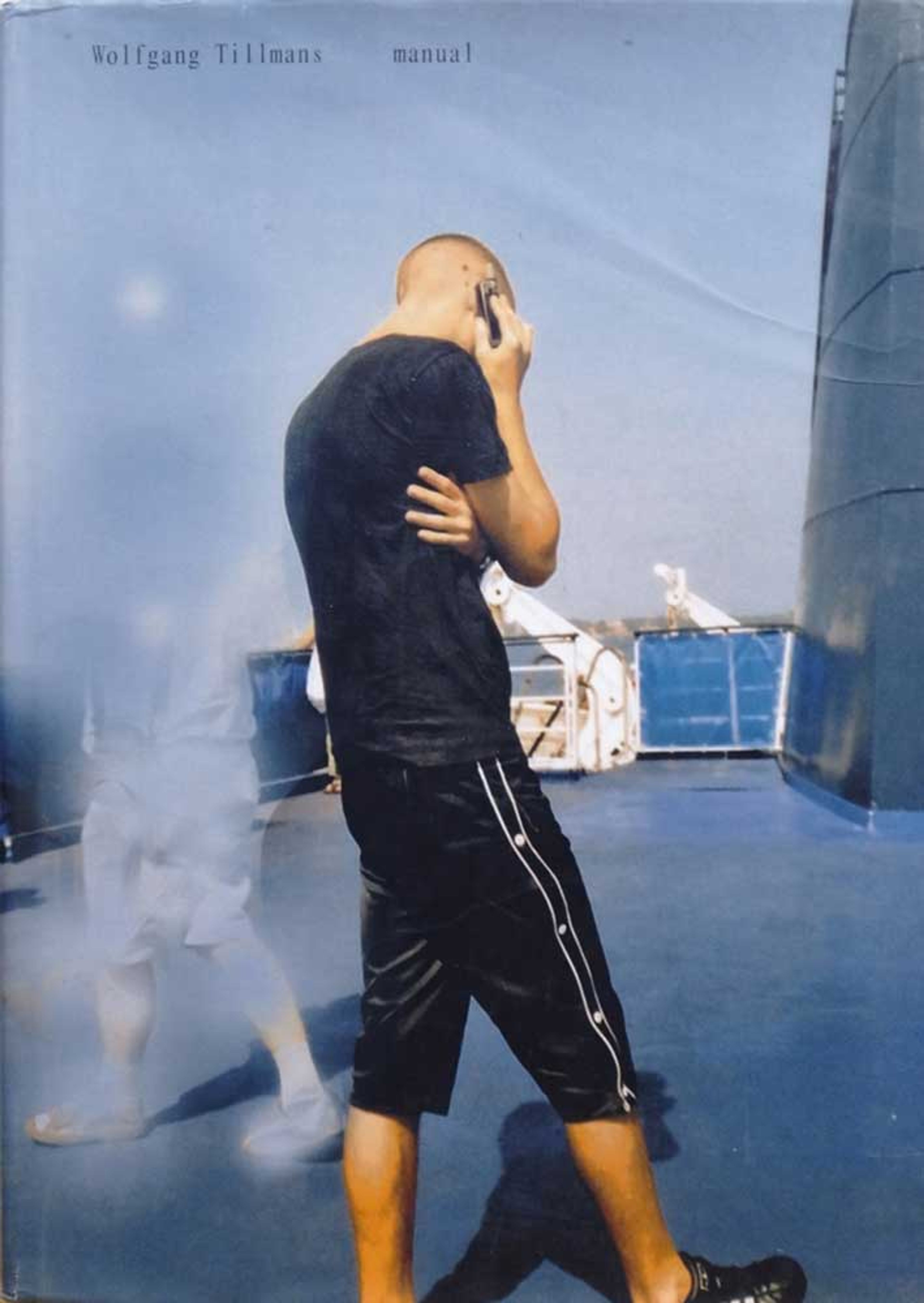Wolfgang Tillmans
Few artists have shaped the scope of contemporary art and influenced younger generations more than Wolfgang Tillmans (b. 1968). In a career spanning almost four decades, he has consistently redefined the medium of photography through a seamless integration of genres, subjects, techniques, and exhibition strategies. Tillmans seeks to expand the poetic possibilities of the medium while addressing the fundamental question of what it means to create pictures in an increasingly image-saturated world.
Learn MoreSurvey
Exhibitions

Explore Exhibitions
Artist News
Biography
Few artists have shaped the scope of contemporary art and influenced younger generations more than Wolfgang Tillmans (b. 1968). In a career spanning almost four decades, he has consistently redefined the medium of photography through a seamless integration of genres, subjects, techniques, and exhibition strategies. His inventive practice pairs intimacy and playfulness with a commitment to social awareness and a persistent questioning of existing values and hierarchies. Guided by a profound sense of curiosity and care towards his subjects, Tillmans seeks to expand the poetic possibilities of the medium while addressing the fundamental question of what it means to create pictures in an increasingly image-saturated world. As the artist states, “The underpinning of my work has always been the use of my medium and everything it offers in order to make a new picture.”1
Born in Remscheid, Germany, Tillmans studied at Bournemouth and Poole College of Art and Design in Bournemouth, England, from 1990 to 1992. In 2000, he was the first photographer and first non-British artist to receive the Turner Prize, an award given annually by Tate, United Kingdom. From 2003 to 2009, Tillmans served as a professor at the Städelschule in Frankfurt. In 2009, he was selected to serve as an artist trustee on the board of Tate. He has been a member of the Akademie der Künste, Berlin, since 2012 and was appointed a member of the Royal Academy of Arts, London, in 2013. Tillmans was the recipient of the 2015 Hasselblad Foundation International Award in Photography and in January 2018, he was awarded the Kaiserring (Emperor’s Ring) prize from the city of Goslar in Germany. In 2023, Tillmans was named one of the TIME100 Most Influential People.
Since the early 1990s, Tillmans’s work has been the subject of prominent solo exhibitions at international institutions, including Tate Britain, London (2003); P.S.1 Contemporary Art Center, New York (2006); Museum of Contemporary Art Chicago (2006; traveled to Hammer Museum, Los Angeles; and Hirshhorn Museum and Sculpture Garden, Washington, DC, through 2007); Museo Tamayo, Mexico City (2008); Serpentine Gallery, London (2010; traveled to venues in South America including Museu de Arte Moderna de São Paulo; Museo de Arte del Banco de la República, Bogotá, Colombia; Museo de Arte de Lima, Peru; and Museo de Artes Visuales, Santiago, Chile, through 2012); Kunsthalle Zürich (2012; traveled to Les Rencontres d’Arles, France, through 2013); Moderna Museet, Stockholm (2013; traveled to Kunstsammlung Nordrhein-Westfalen, Düsseldorf); The National Museum of Art, Osaka (2015); and Museu Serralves, Porto, Portugal (2016). In 2015, Book for Architects, a two-channel video installation by the artist, was on view at The Metropolitan Museum of Art, New York.
In 2017, Tate Modern, London, held a major survey of Tillmans’s work. The artist also presented a new immersive installation featuring his work in music and video in the South Tank at the museum. Later that year, solo shows of Tillmans’s work were on view at the Fondation Beyeler in Basel, marking the institution’s first comprehensive examination of photography as a medium, and at the Kunstverein in Hamburg.
Fragile, a traveling exhibition of the artist’s work, opened in 2018 at the Musée d’Art Contemporain et Multimédias in Kinshasa, Democratic Republic of Congo, organized by Institut für Auslandsbeziehungen, Stuttgart, Germany, and traveled throughout Africa, with its last venue at Art Twenty One and Centre for Contemporary Art, Lagos, Nigeria. Other recent solo exhibitions of Tillmans’s work have taken place at Carré d'Art - Musée d’art contemporain, Nîmes, France (2018); Irish Museum of Modern Art, Dublin (2018); WIELS, Brussels (2020); and Museum moderner Kunst Stiftung Ludwig Wien (mumok), Vienna (2022).
A major traveling exhibition of work by the artist, To look without fear, opened at The Museum of Modern Art, New York, in 2022, and subsequently traveled to the Art Gallery of Ontario, Toronto, in 2023, and the San Francisco Museum of Modern Art, in 2024.
In 2025, as its final exhibition before closing for a multi-year renovation, the Centre Pompidou, Paris, presented Rien ne nous y préparait – Tout nous y préparait / Nothing could have prepared us, Everything could have prepared us, a site-specific solo exhibition conceived by Tillmans. The presentation was held in the museum’s vacated Public Information Library (BPI), marking the first time that the library functioned as an exhibition space. Also on view in 2025 were the major solo exhibitions Weltraum and Ausstellung in Remscheid, hosted by the Albertinum in Dresden, Germany, and Haus Cleff in the artist’s hometown of Remscheid, Germany, respectively.
The artist has operated the nonprofit exhibition space Between Bridges since 2006. Located in London until 2011, Between Bridges has exhibited a range of work by artists including David Wojnarowicz, Ull Hohn, Charlotte Posenenske, and Charles Henri Ford. In January 2014, it reopened in Berlin with a solo show of work by Patrick Caulfield.
Tillmans considers the printed page to be an important venue for his work. He is deeply involved in the publication of artist books and monographs, and regularly contributes to magazines. Publications that have been designed and edited by the artist include manual (Verlag der Buchhandlung Walther König, 2007); Lighter (Hatje Cantz, 2008); Abstract Pictures (Hatje Cantz, 2011); FESPA Digital / FRUIT LOGISTICA (Verlag der Buchhandlung Walther König, 2012); Neue Welt (Taschen, 2012); The Cars (Verlag der Buchhandlung Walther König, 2015); What Is Different? (Sternberg Press, 2018); and four books (Taschen, 2020); amongst others. In 2019, the artist guest-edited Aperture’s “Spirituality” issue.
In recent years, Tillmans has been more directly involved in political activism. In tandem with his ongoing Truth Study Center project (begun in 2005), he has created posters for the anti-Brexit campaign in Britain and in response to right-wing populism in Germany.
The artist joined David Zwirner in 2014, and his inaugural exhibition with the gallery took place in New York the following year. In 2018, his work was the subject of two solo exhibitions at the gallery’s Hong Kong and New York locations. The solo exhibition Fold Me, was presented in 2023 at David Zwirner, New York. The following year, Wolfgang Tillmans: The Point Is Matter was on view at David Zwirner, Hong Kong.
Work by the artist is held in museum collections worldwide. Tillmans lives and works in Berlin and London.
1 Wolfgang Tillmans, “Interview with Julia Peyton-Jones and Hans Ulrich Obrist,” in Sophie O’Brien and Melissa Larner, Wolfgang Tillmans. Exh. cat. (London: Serpentine Gallery, 2010), p. 23.
Selected Press
Selected Titles

Request More Information

